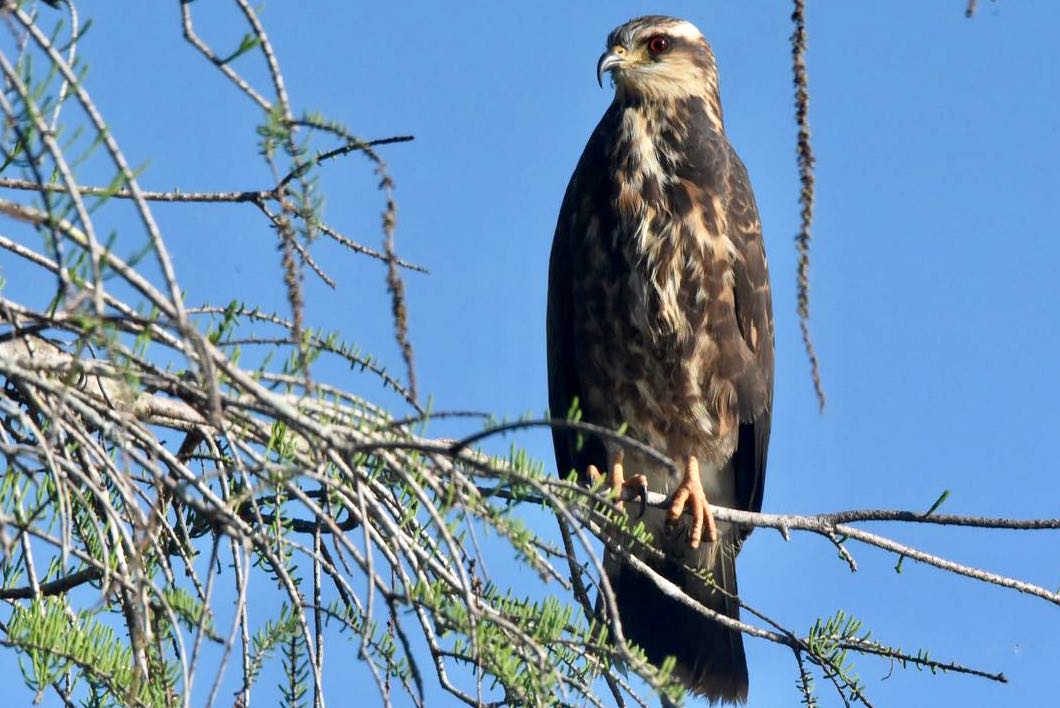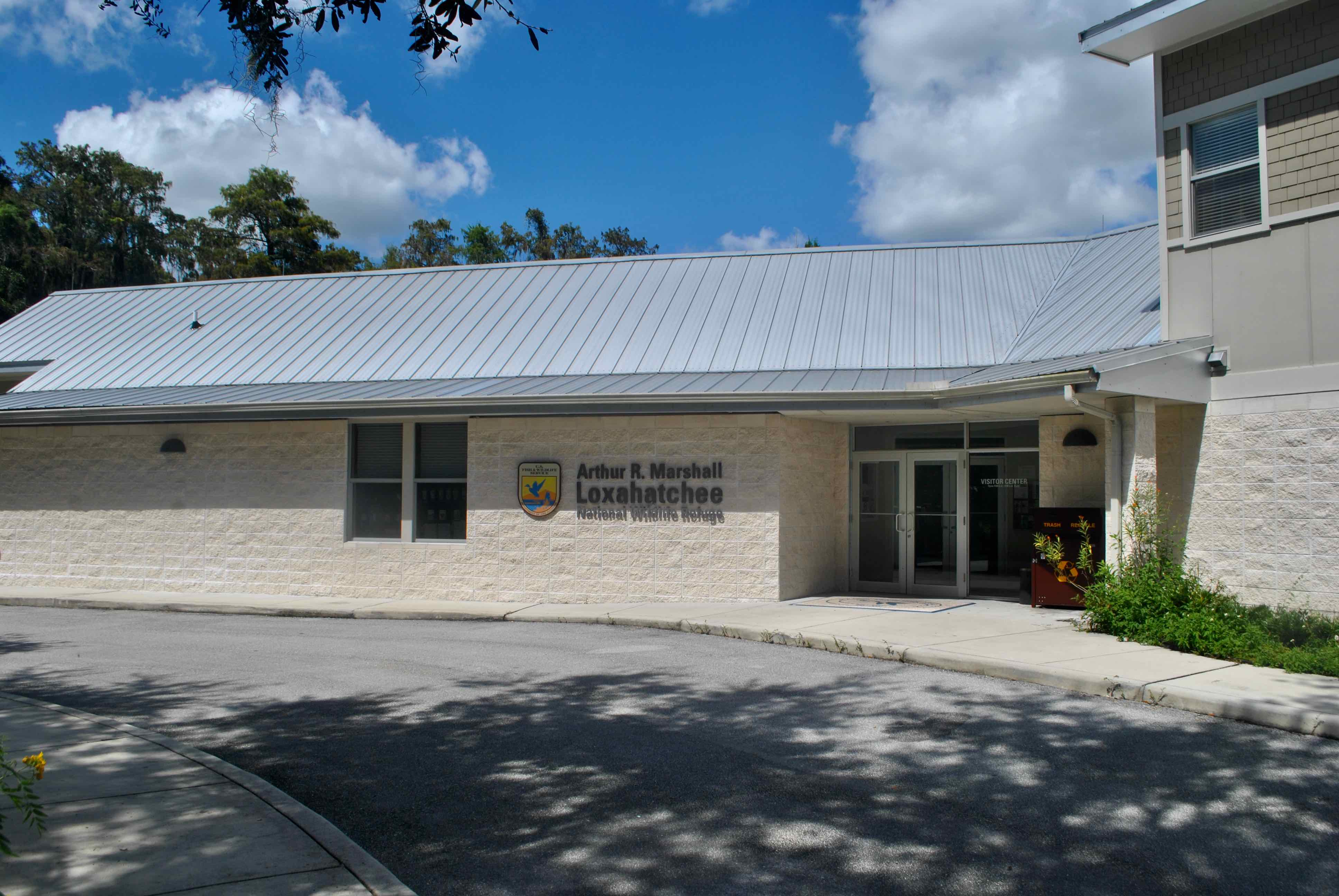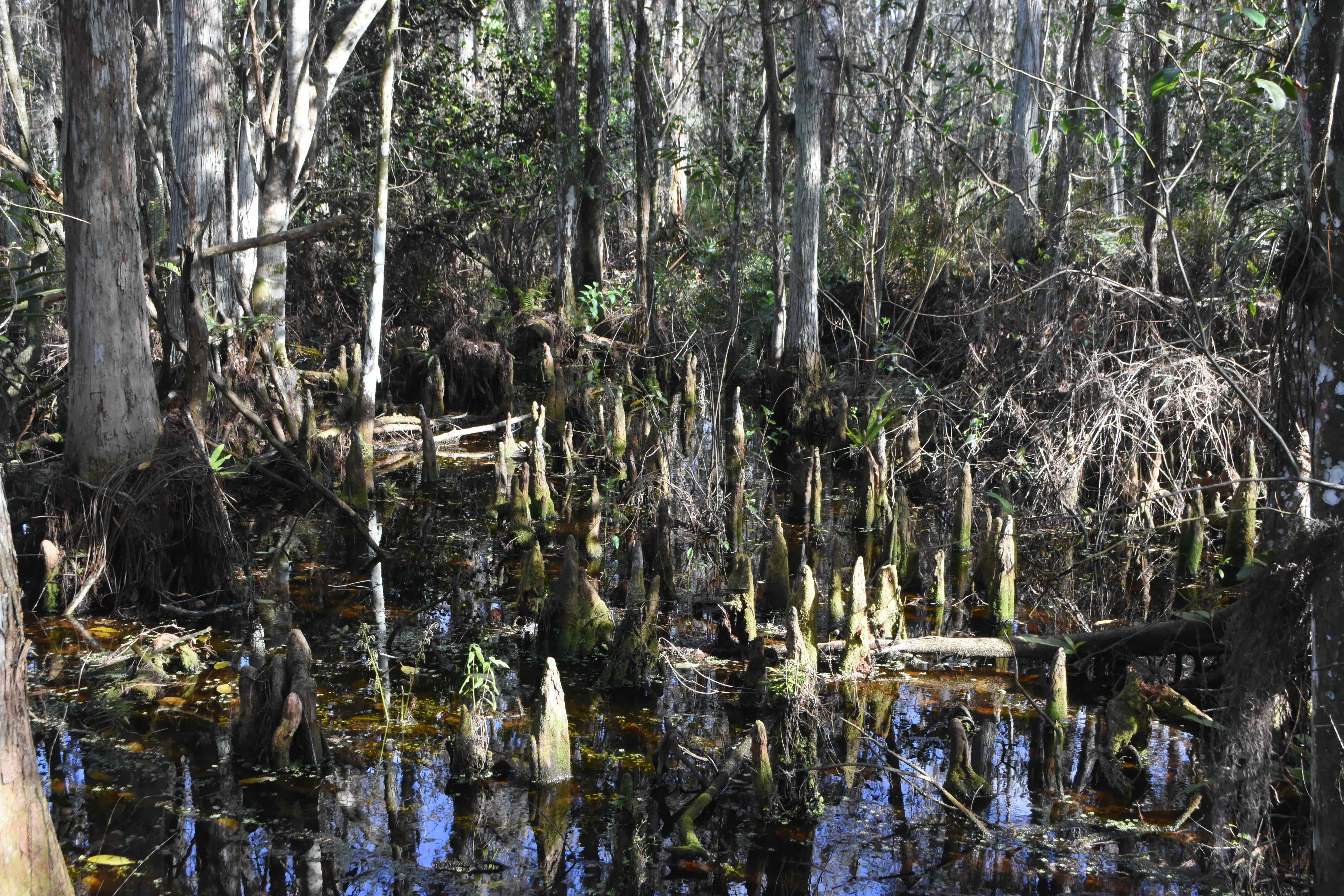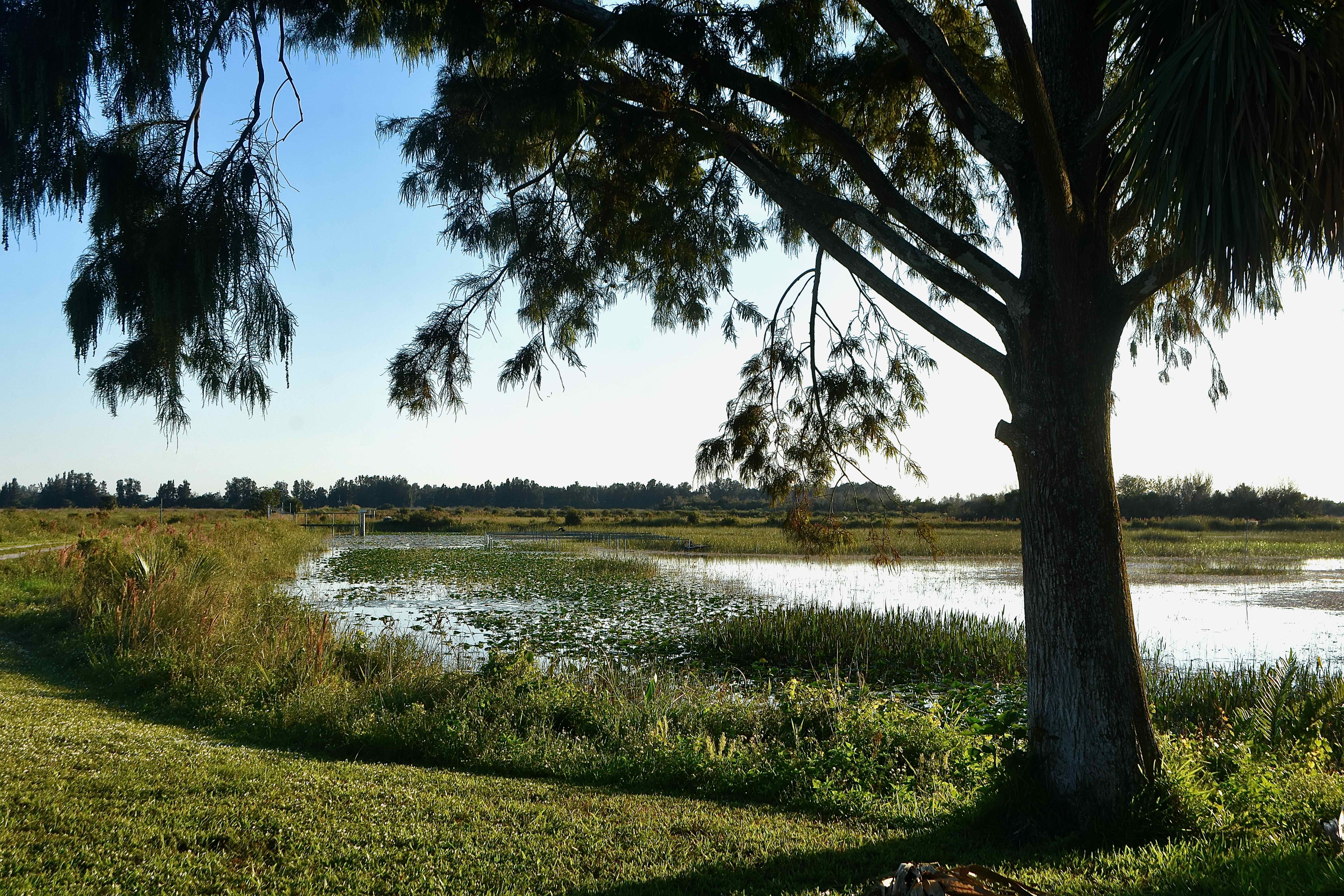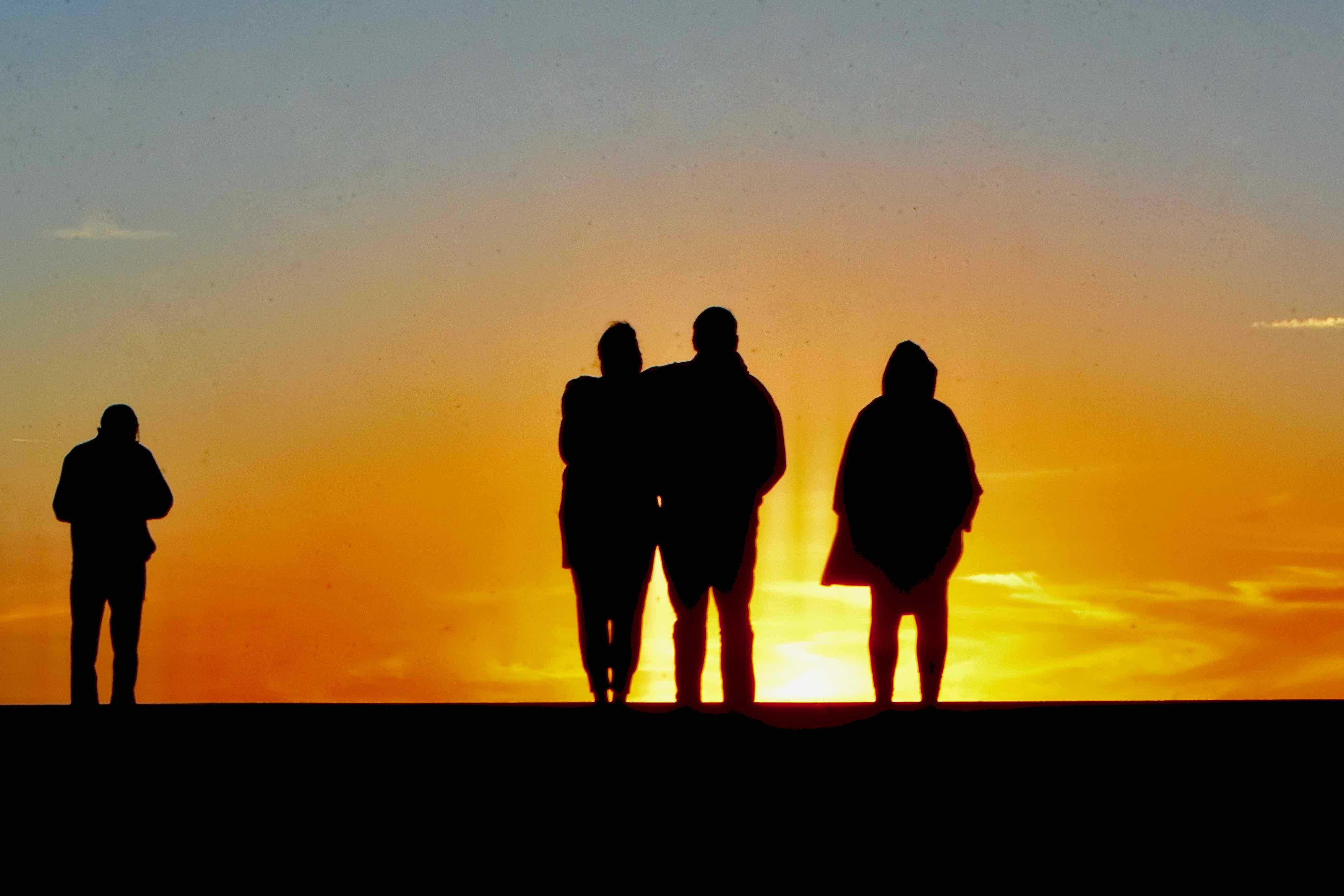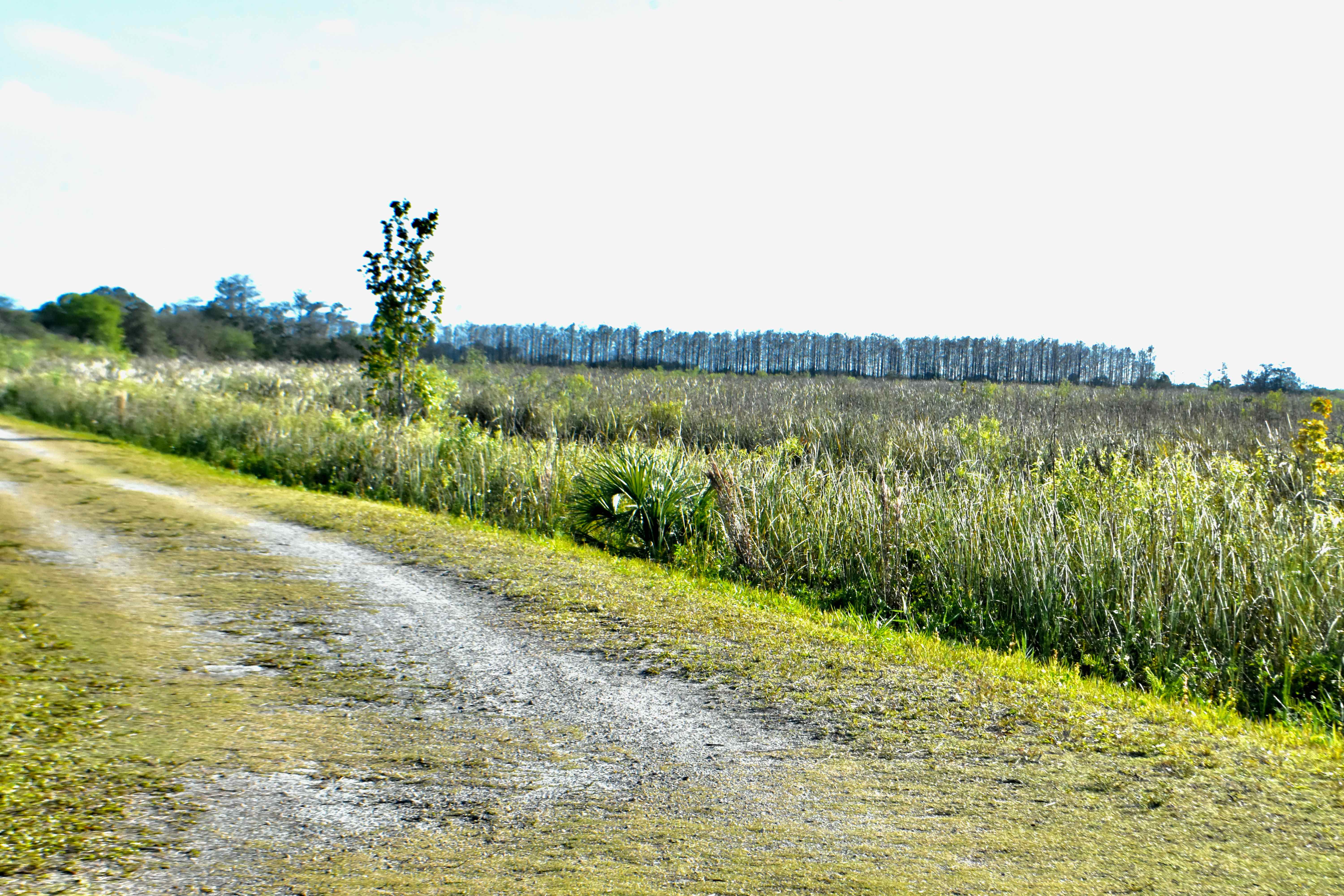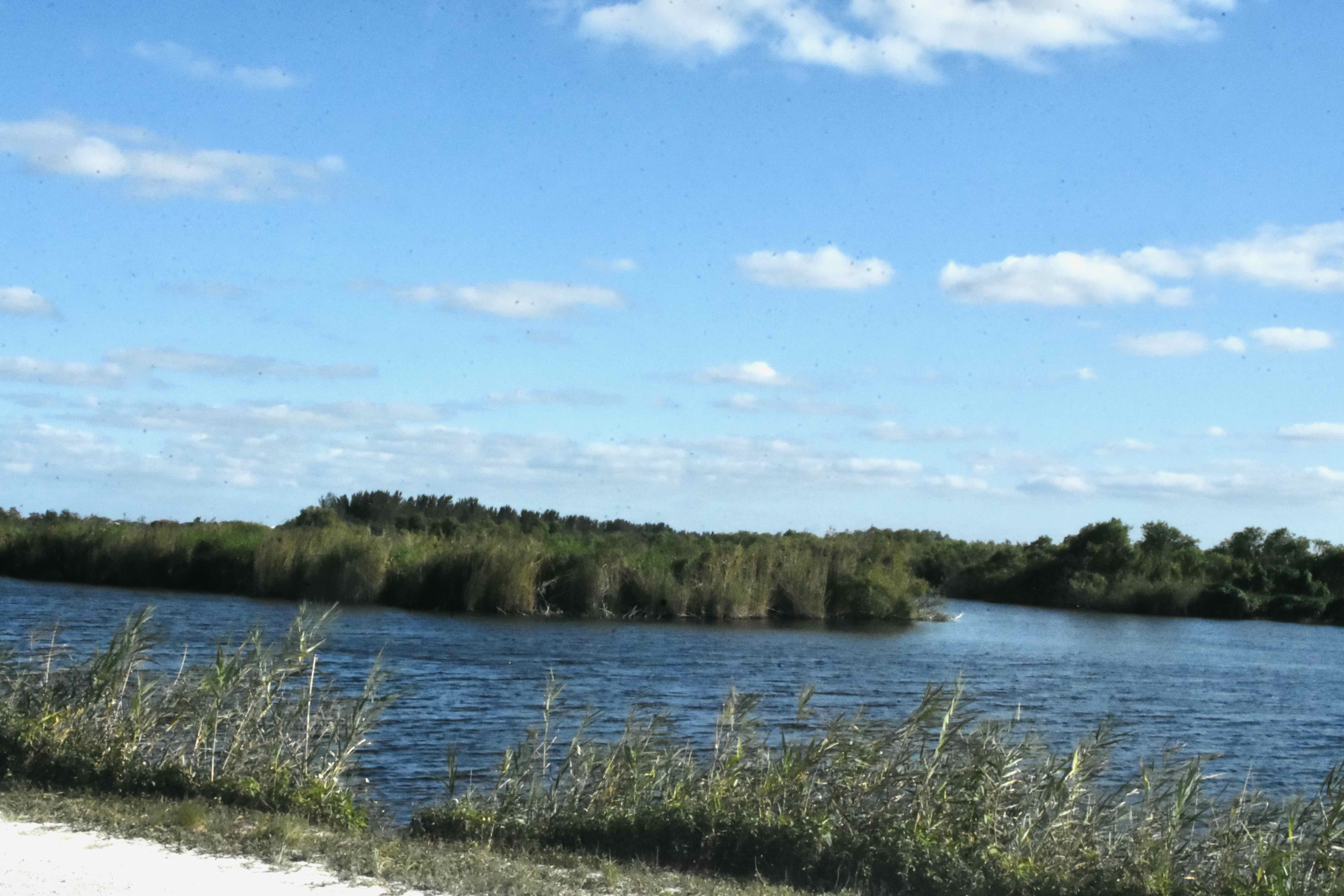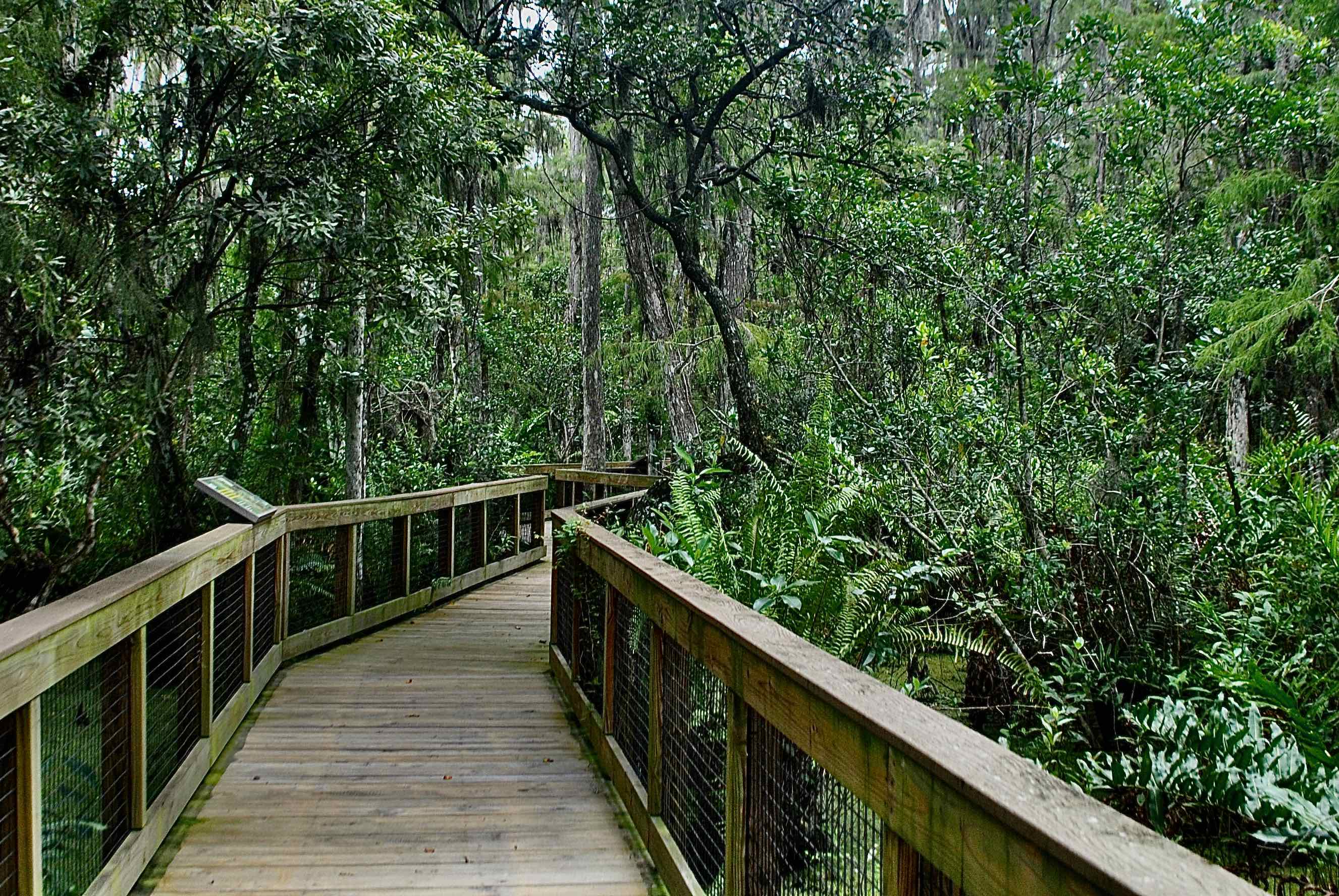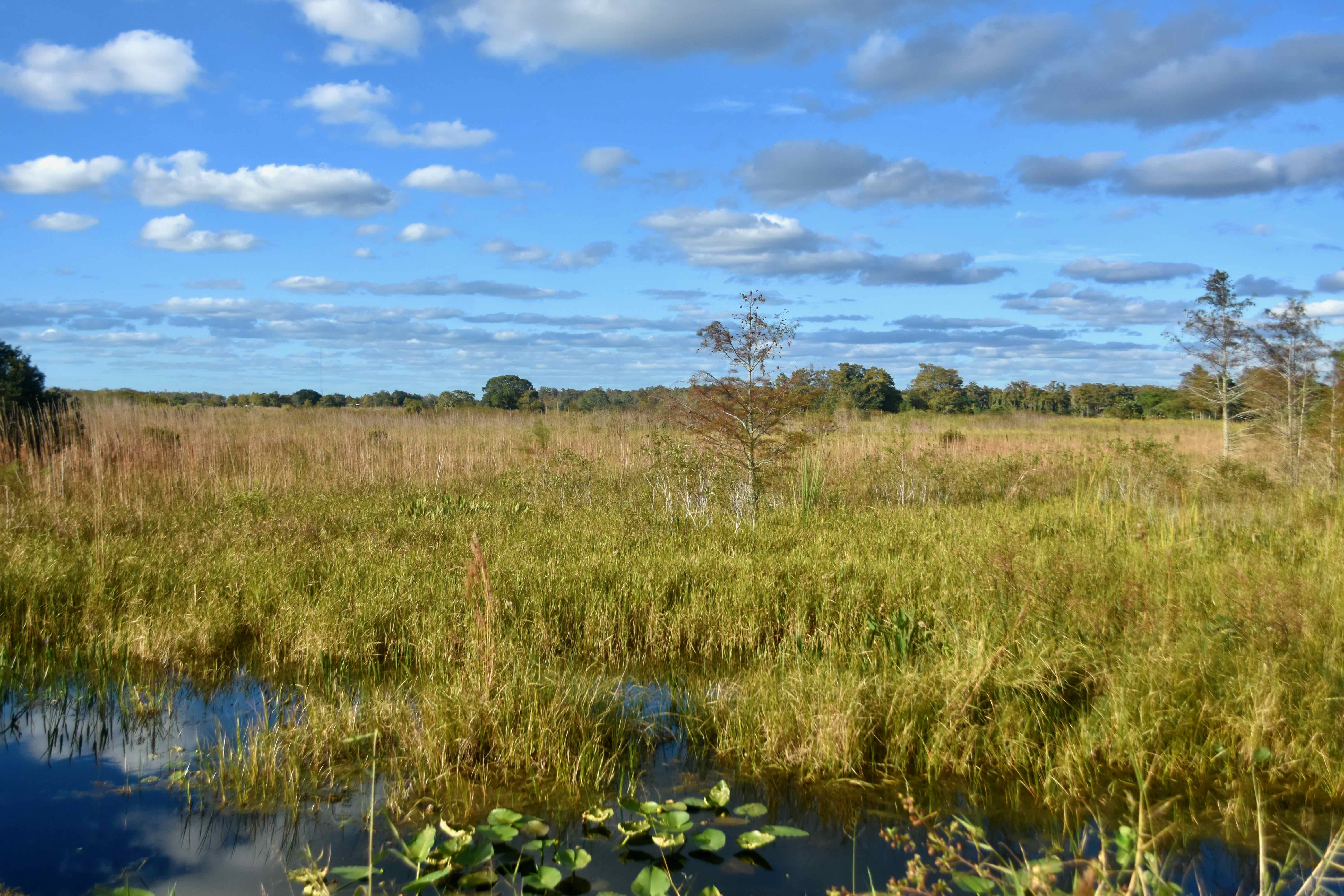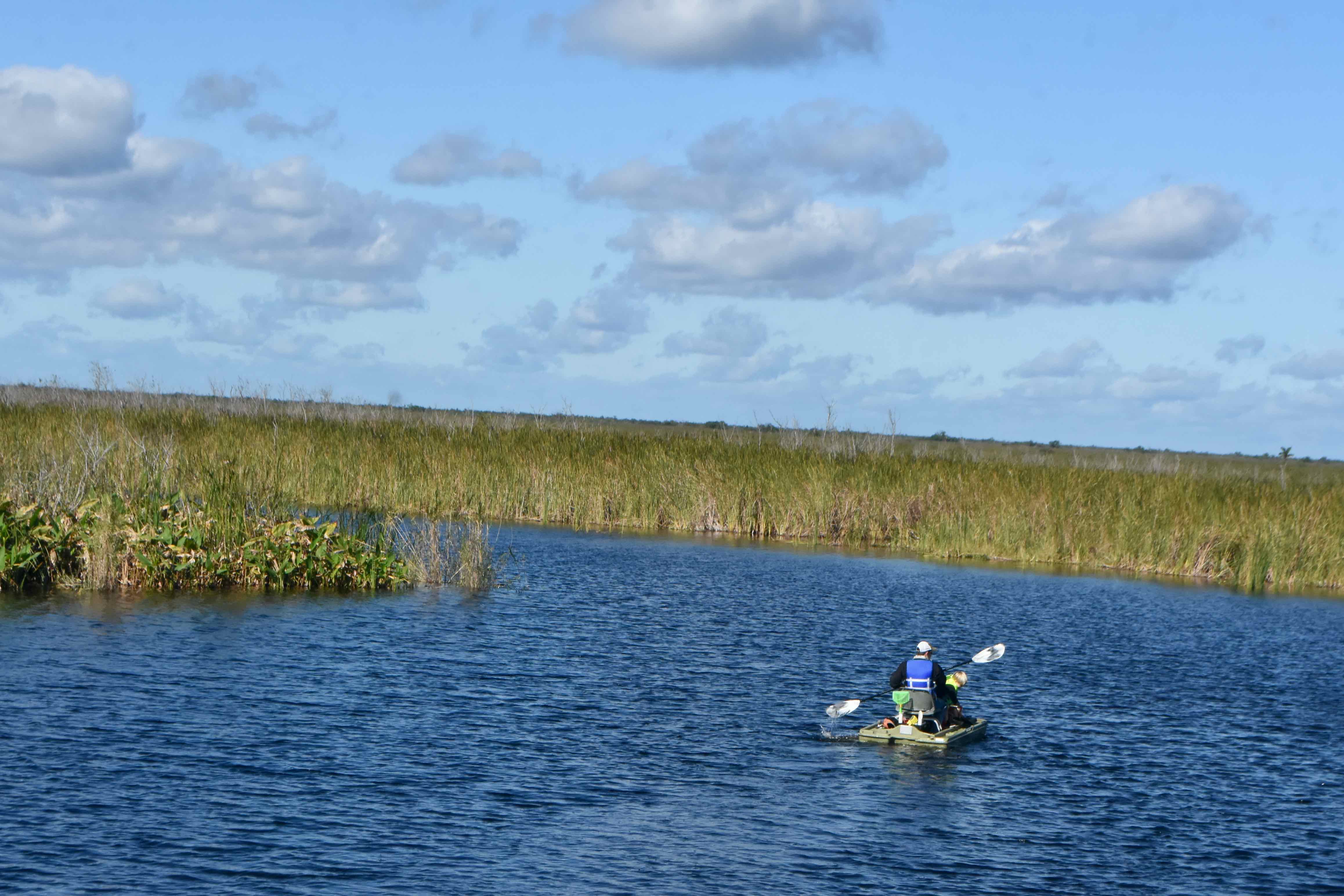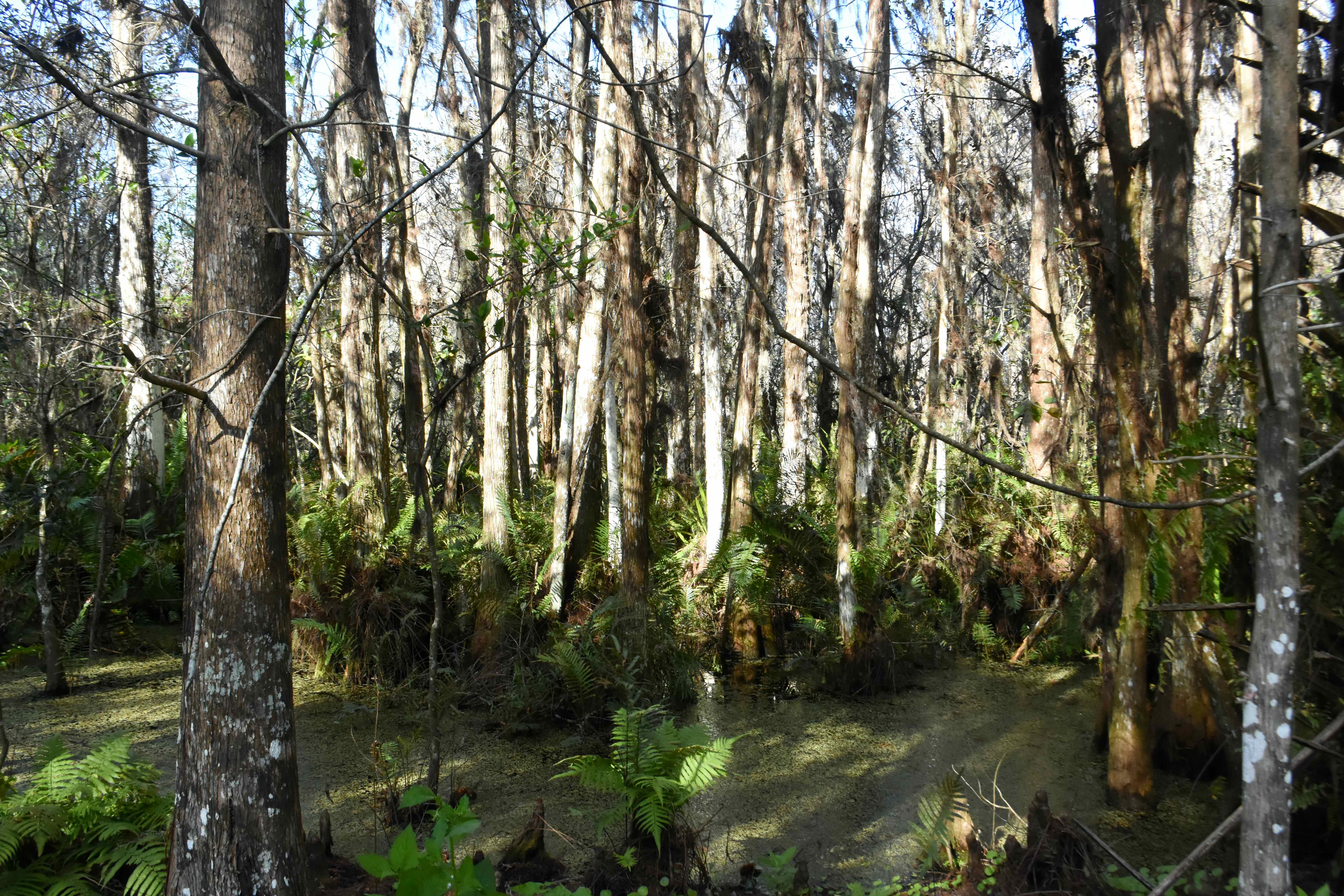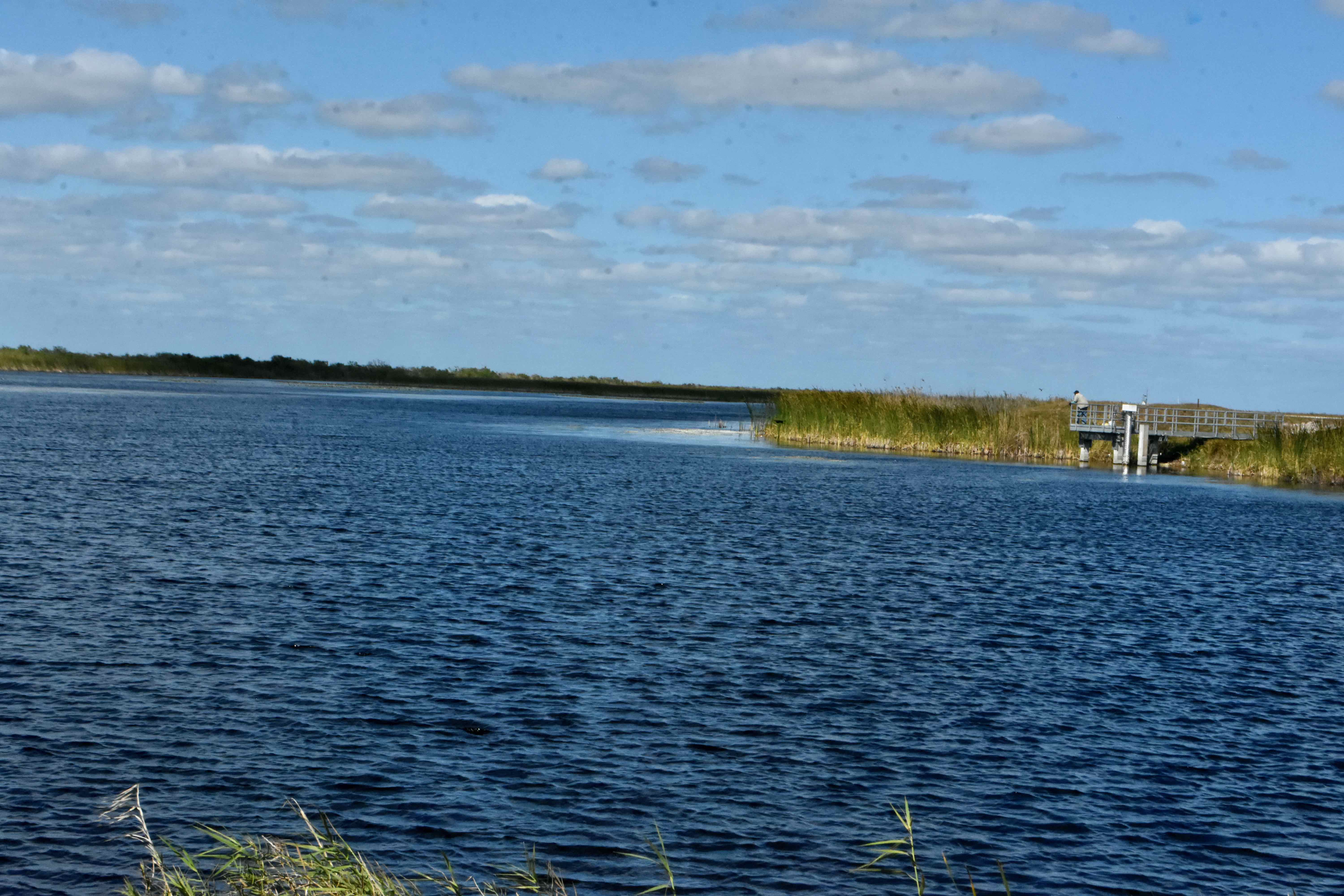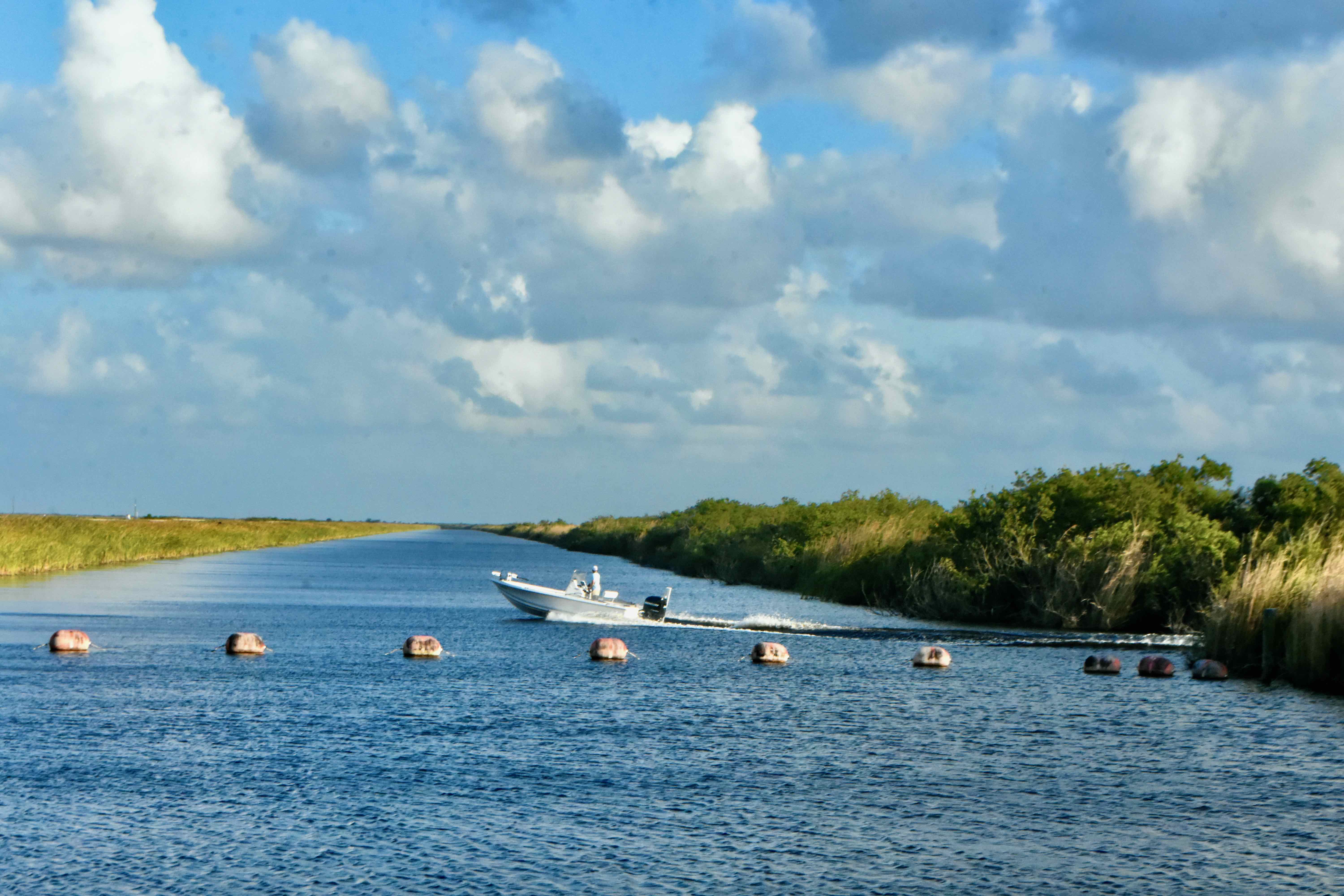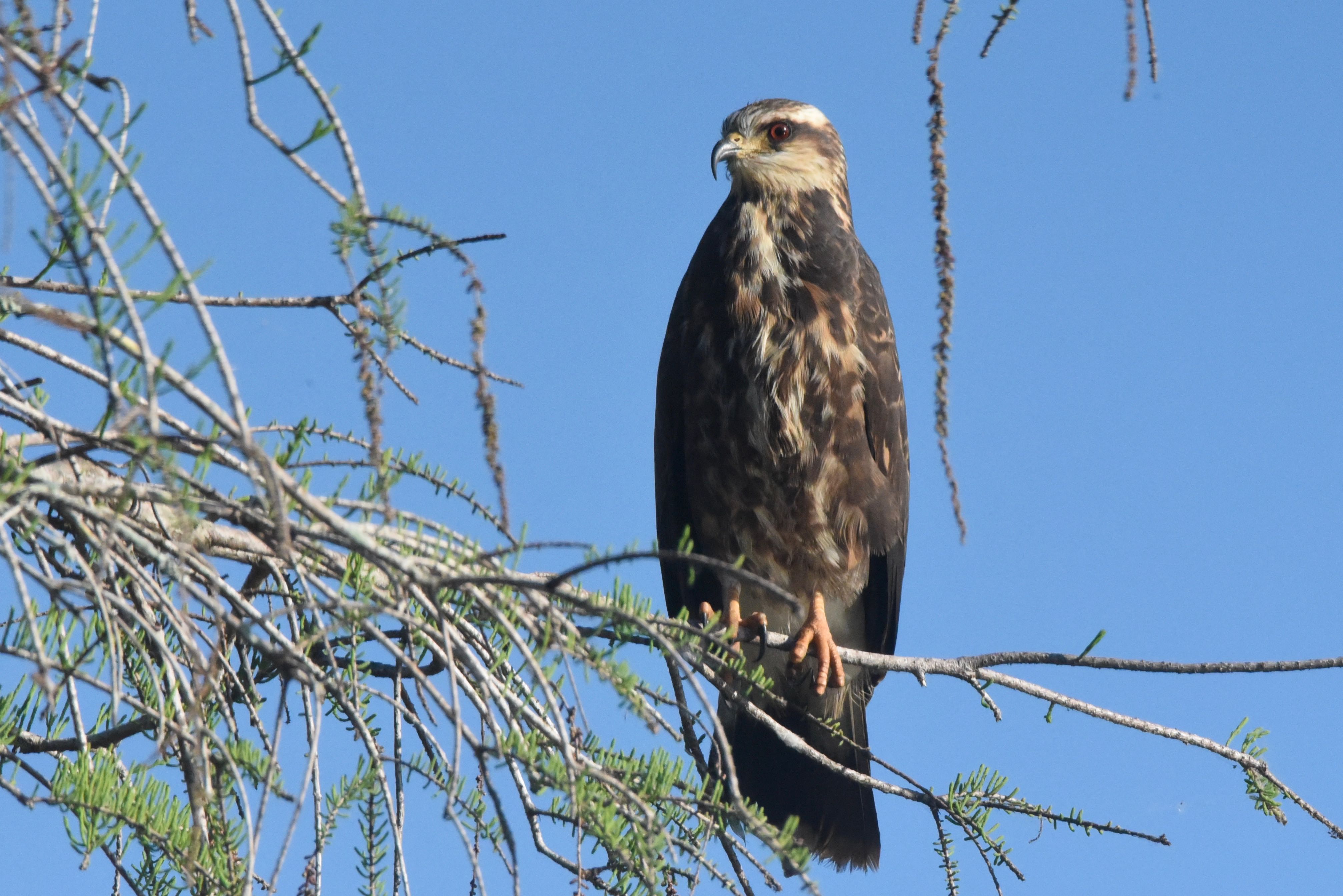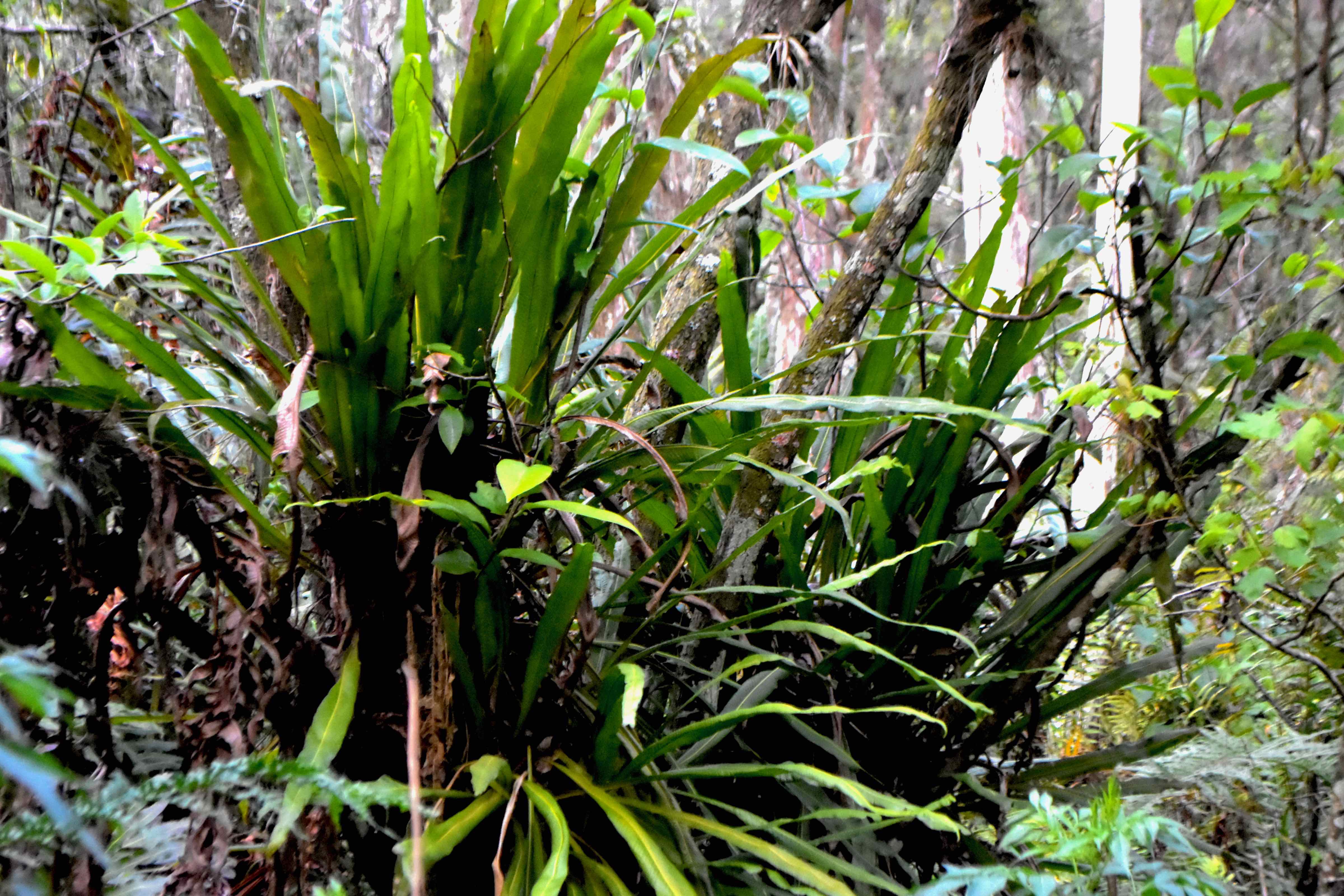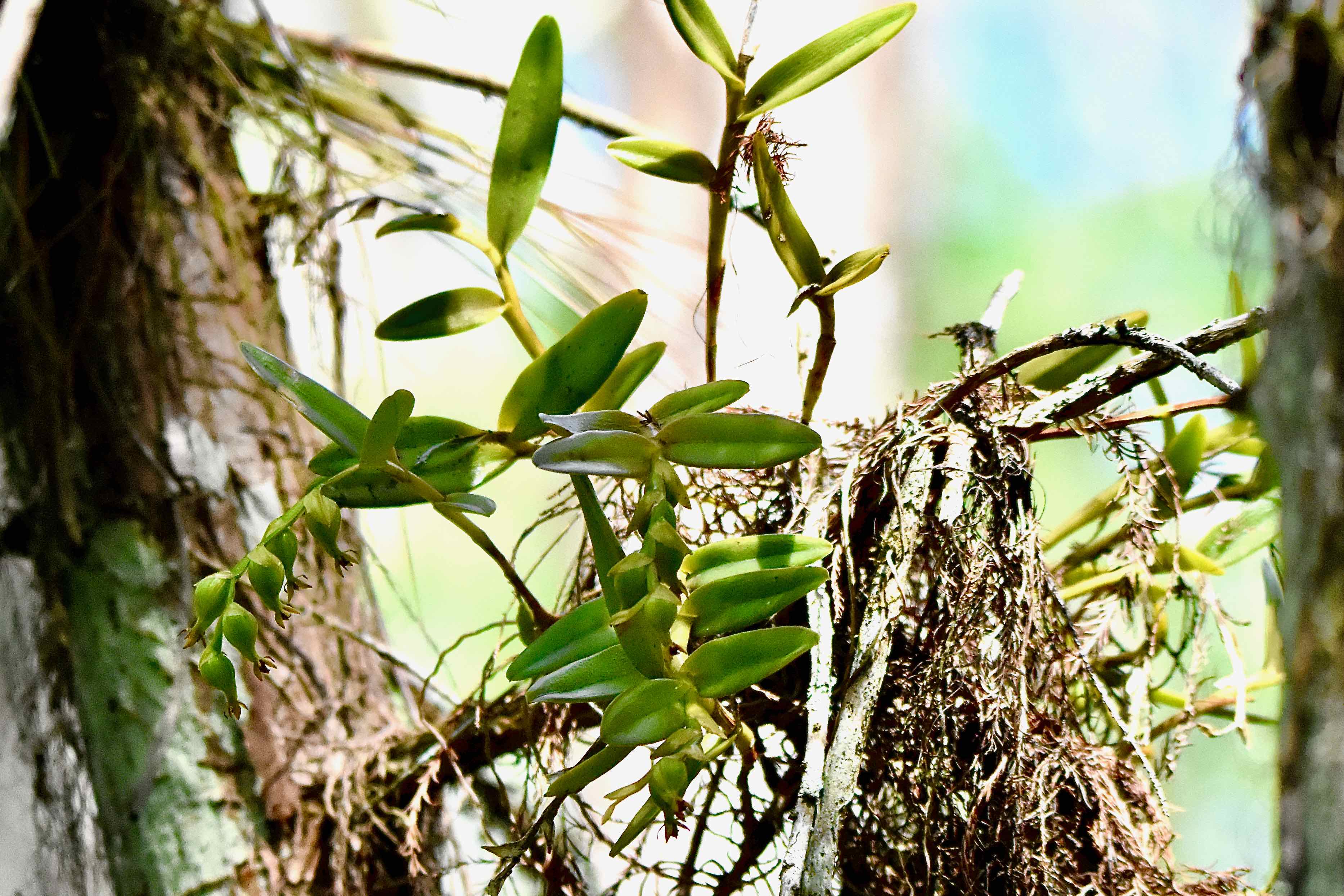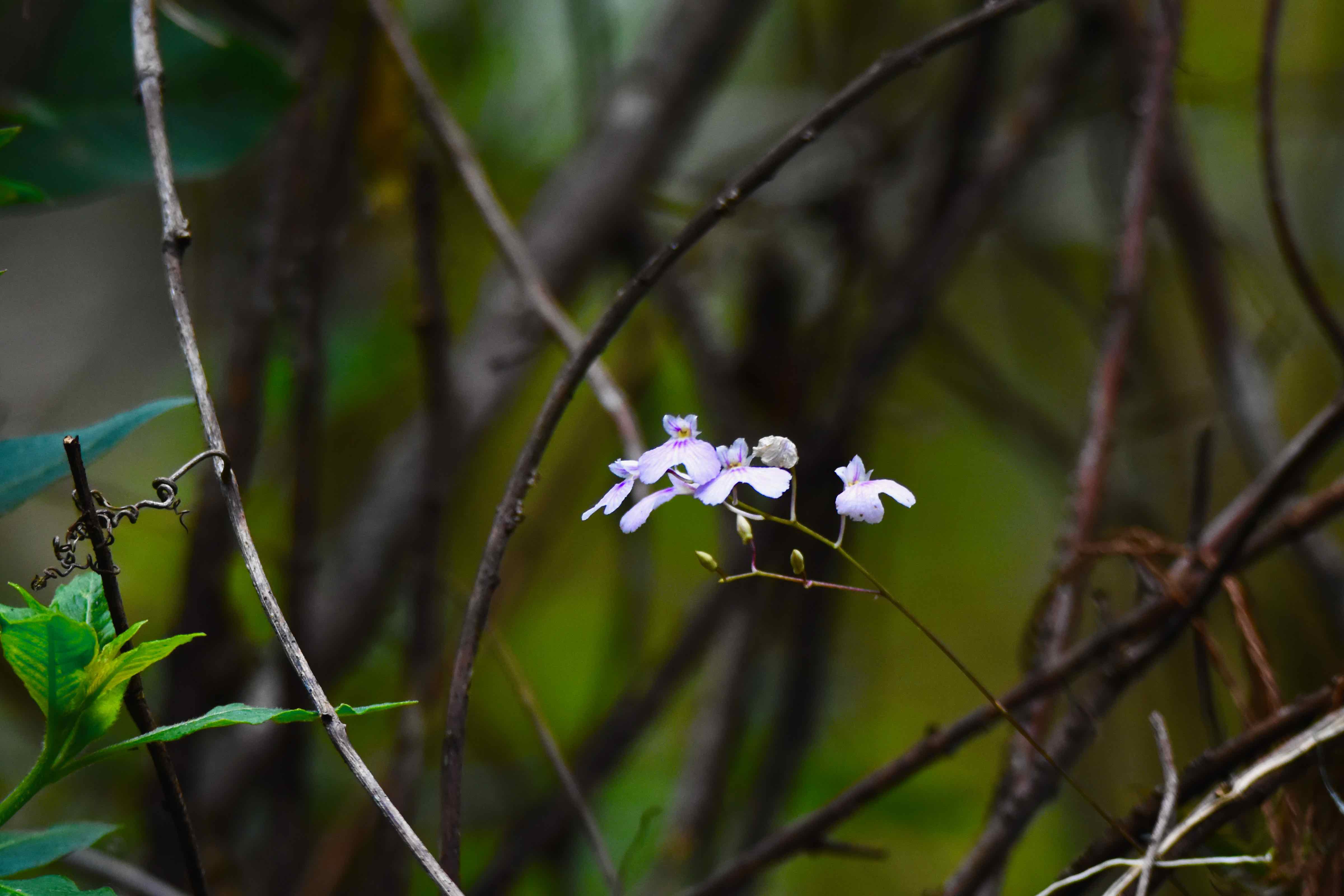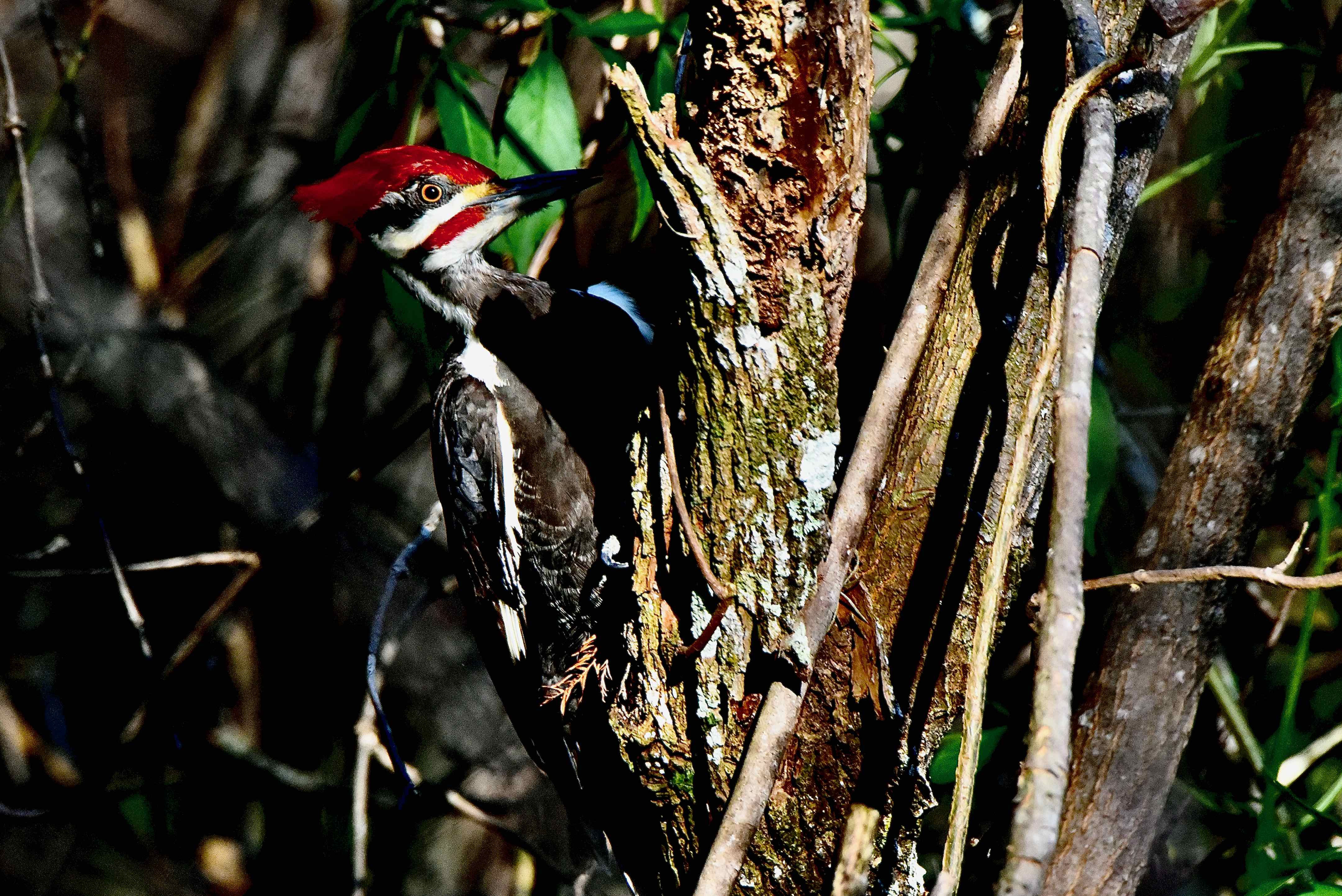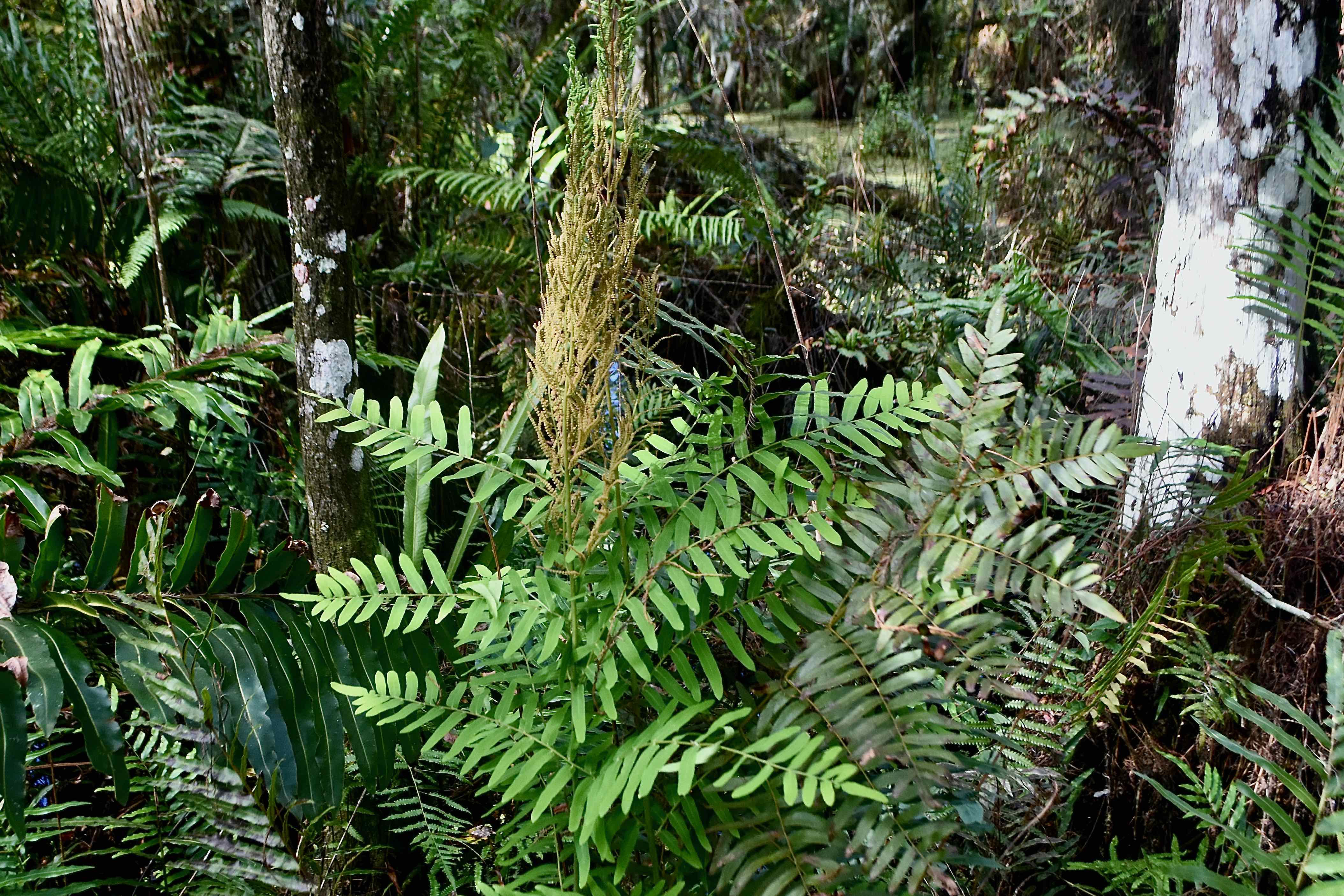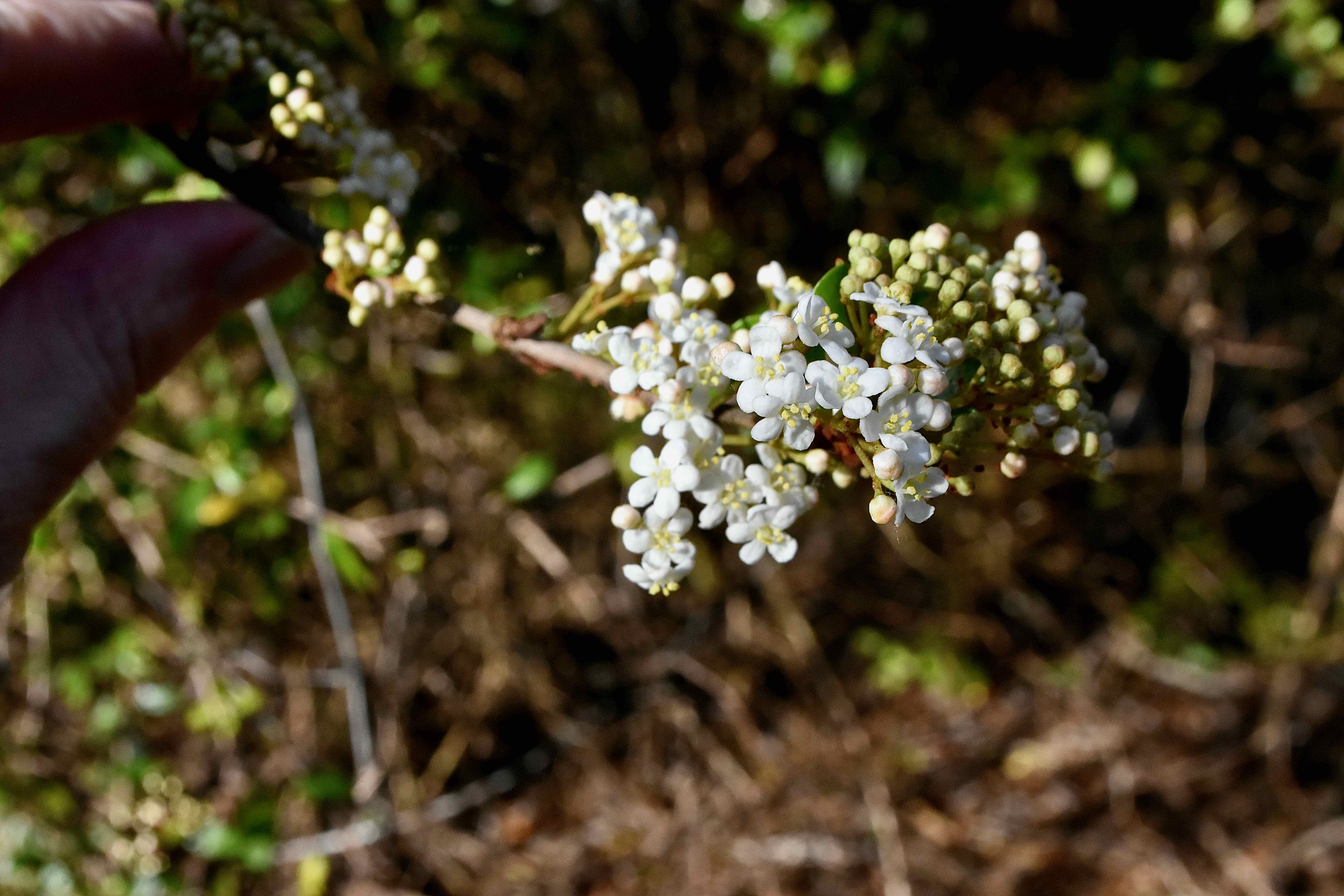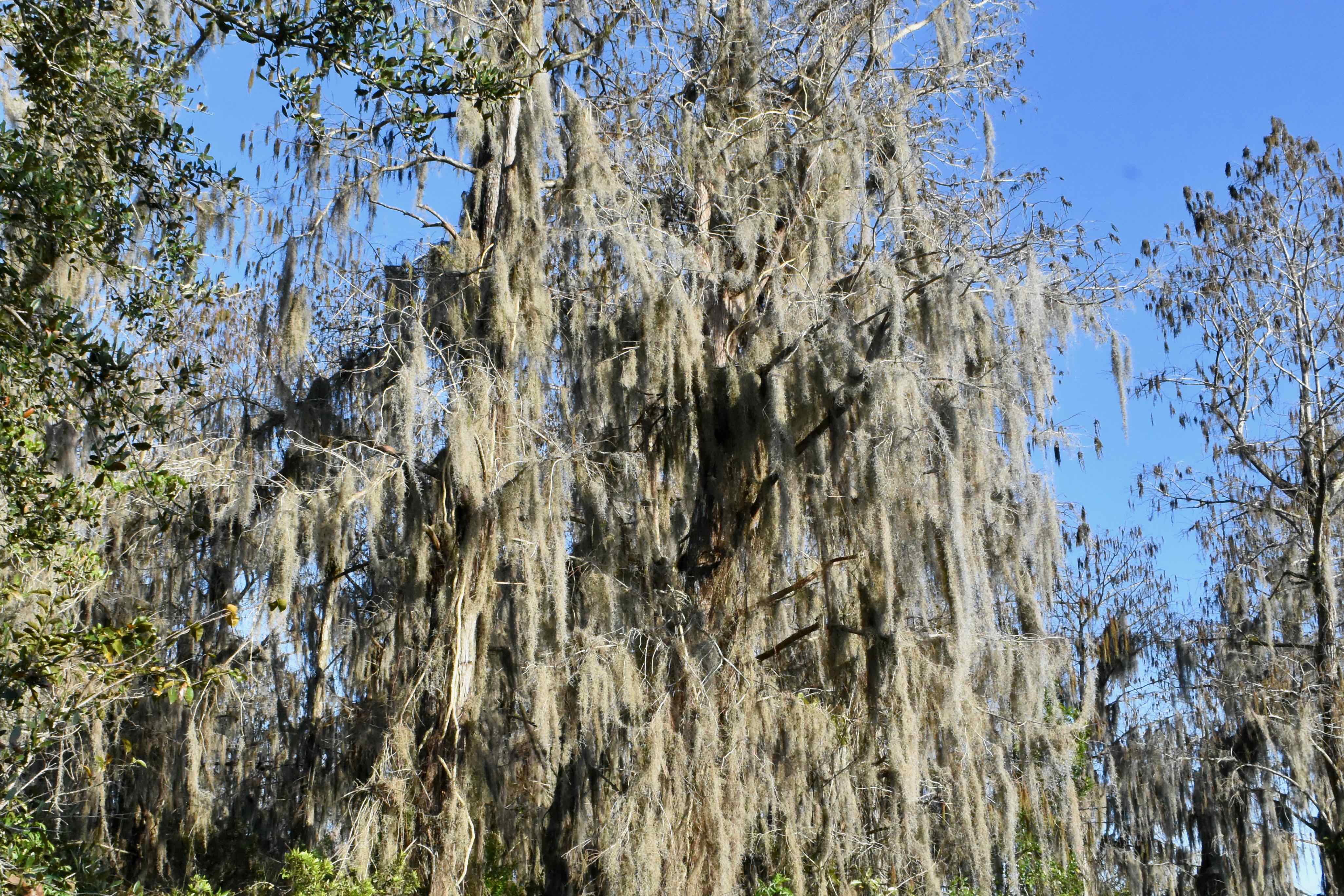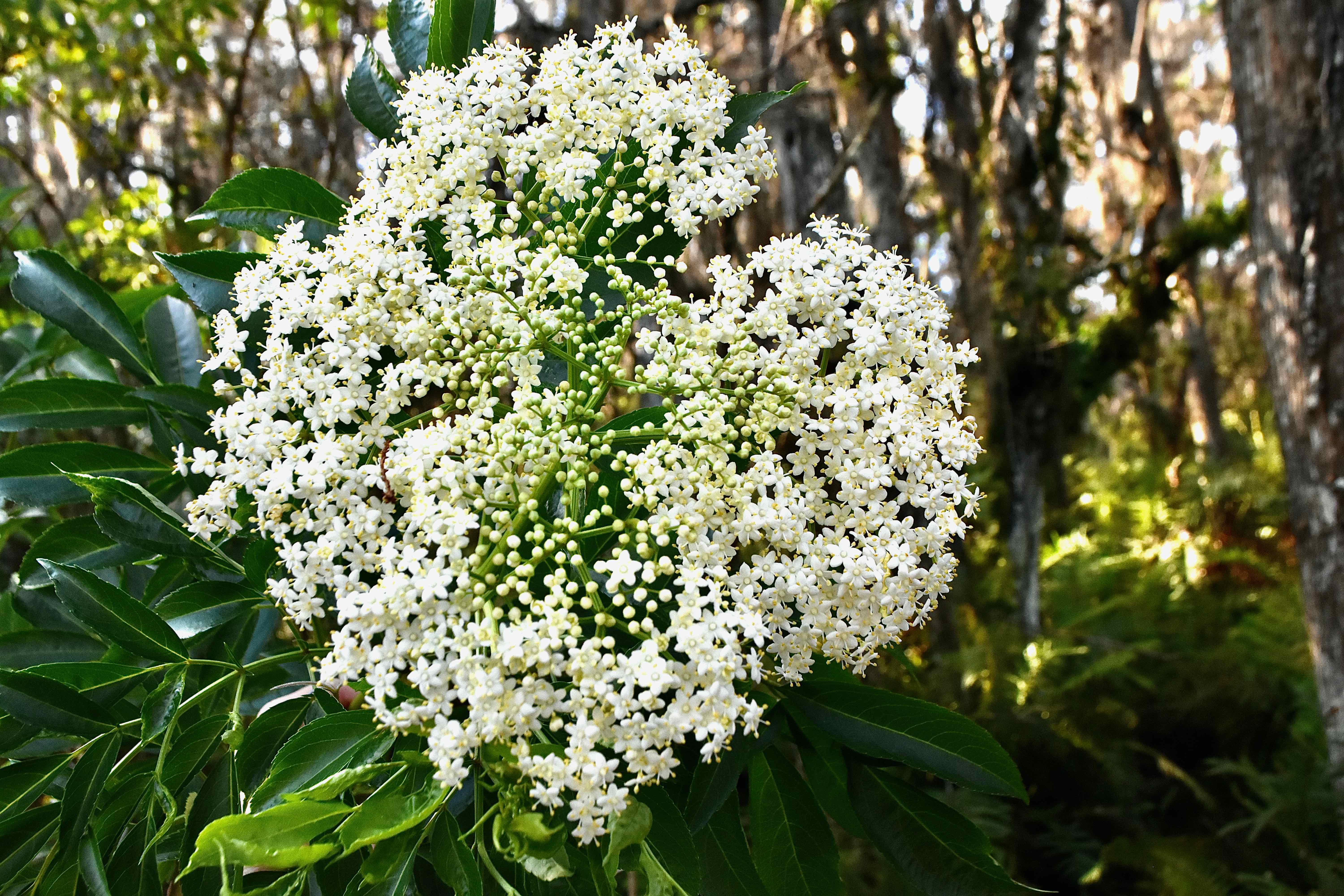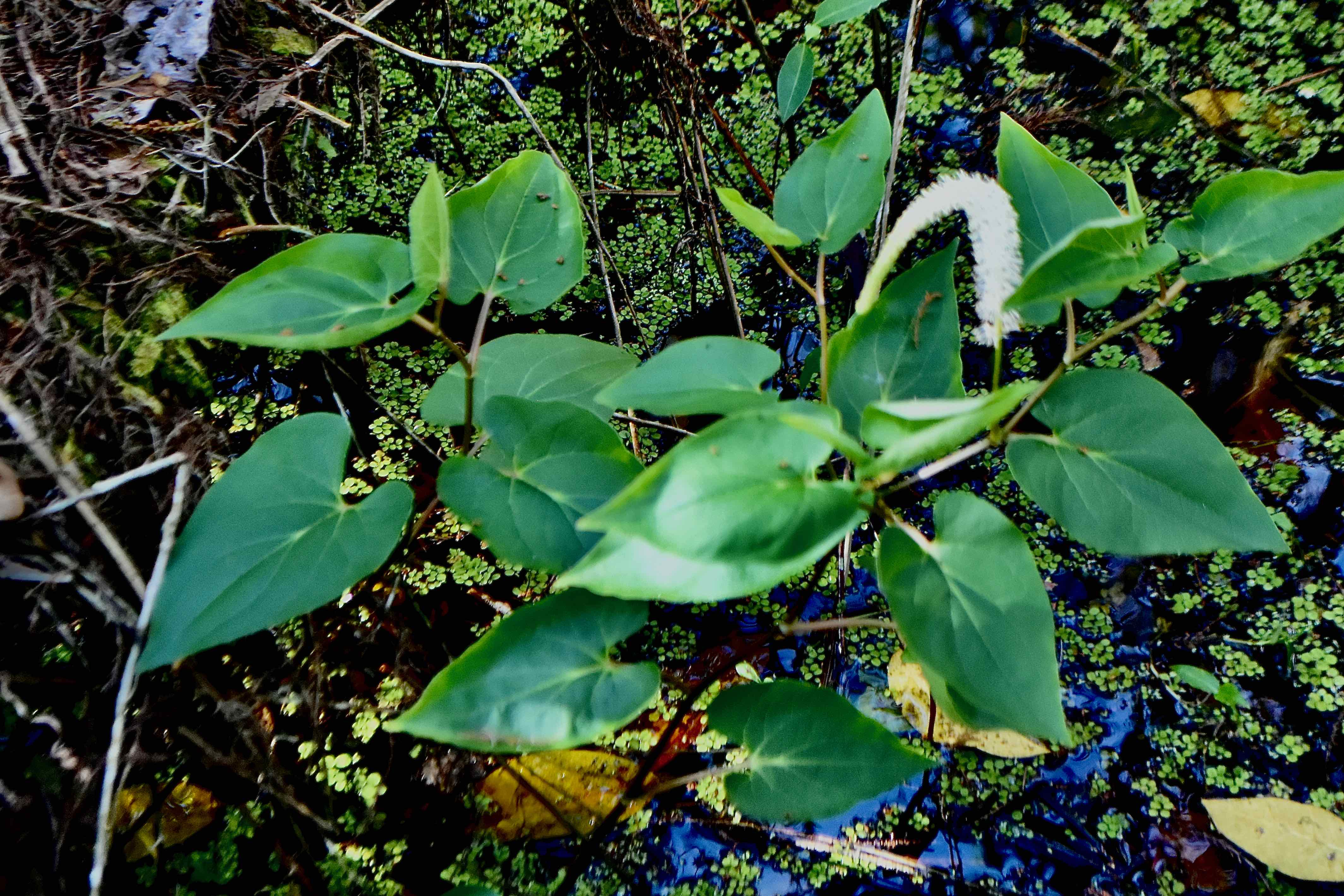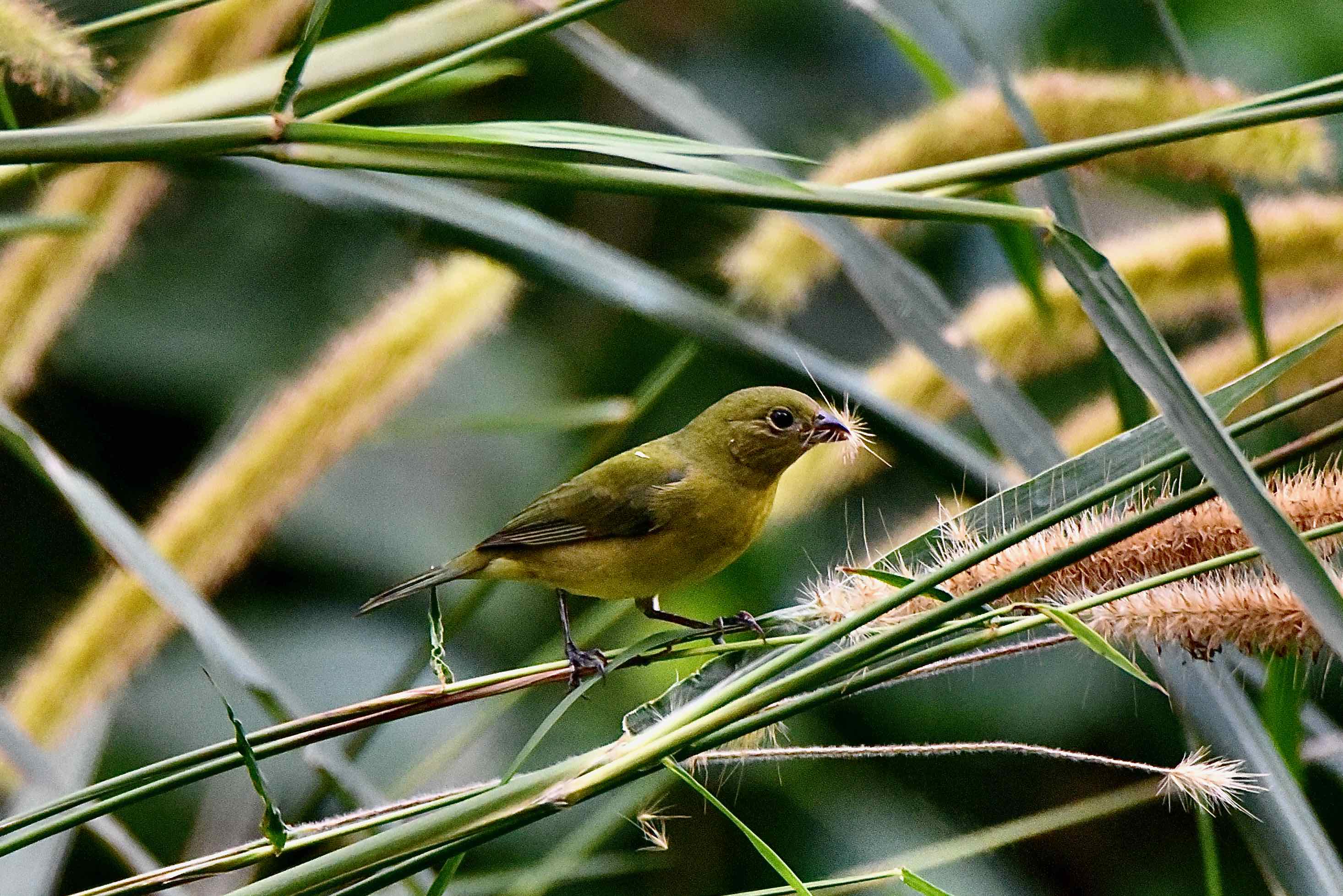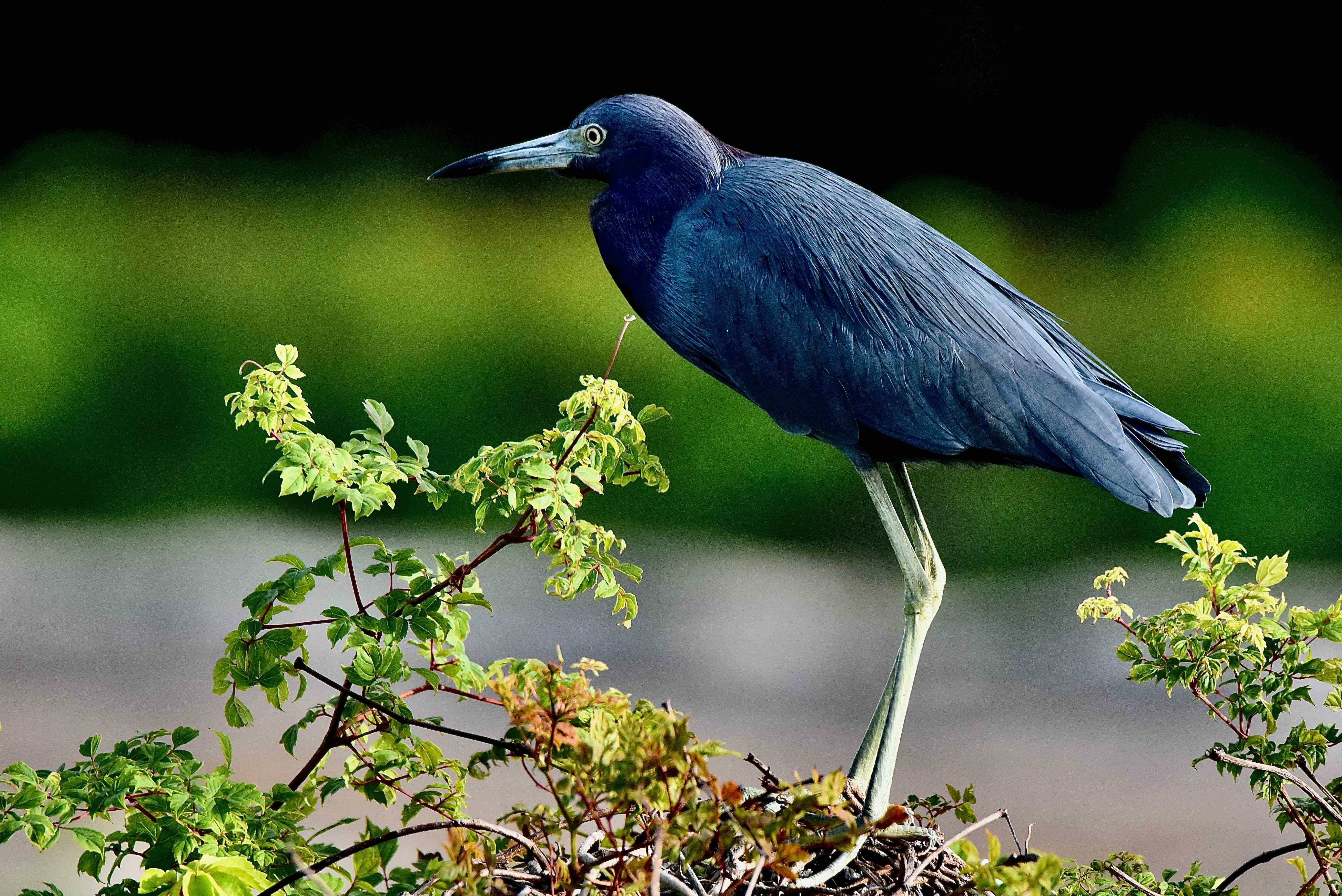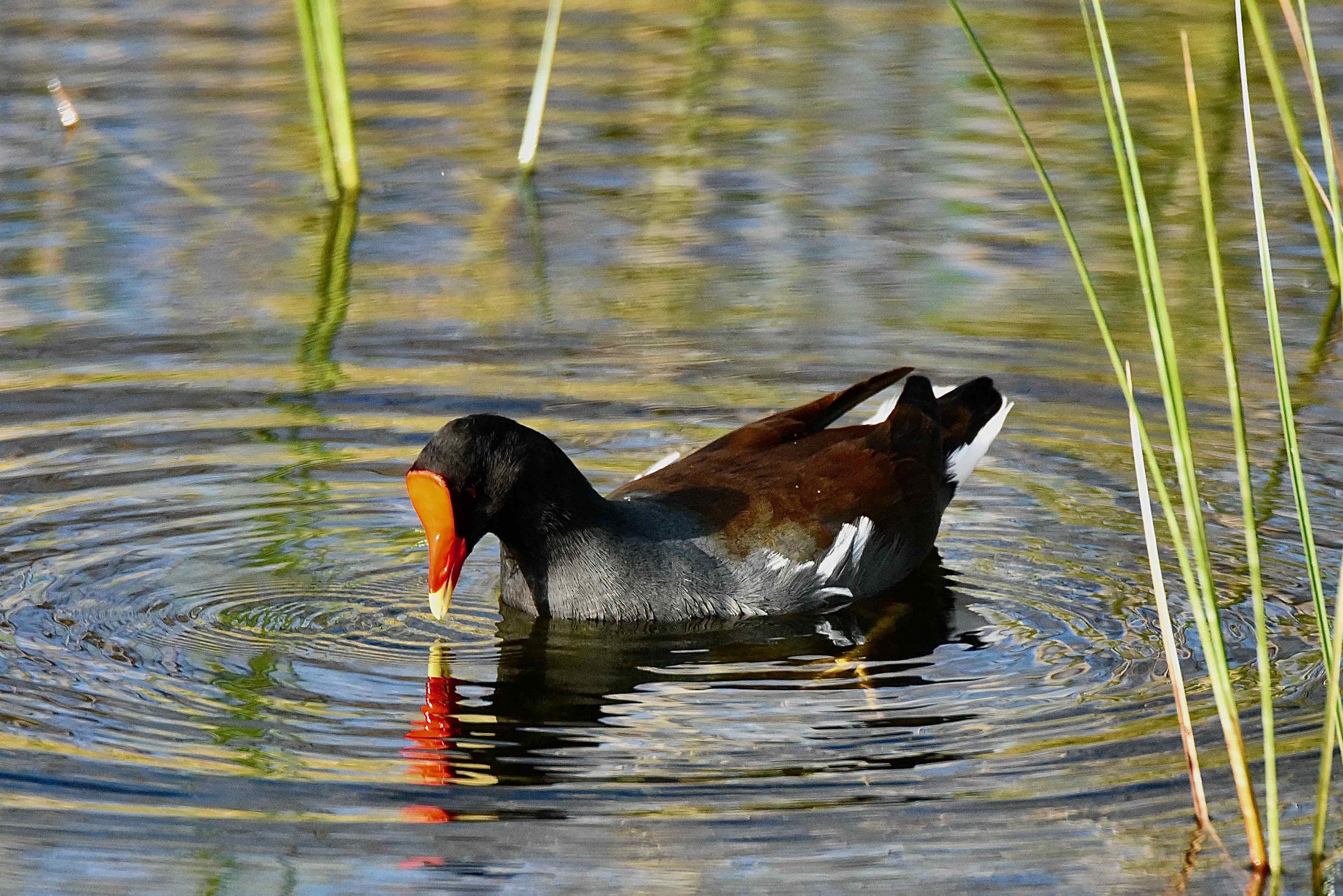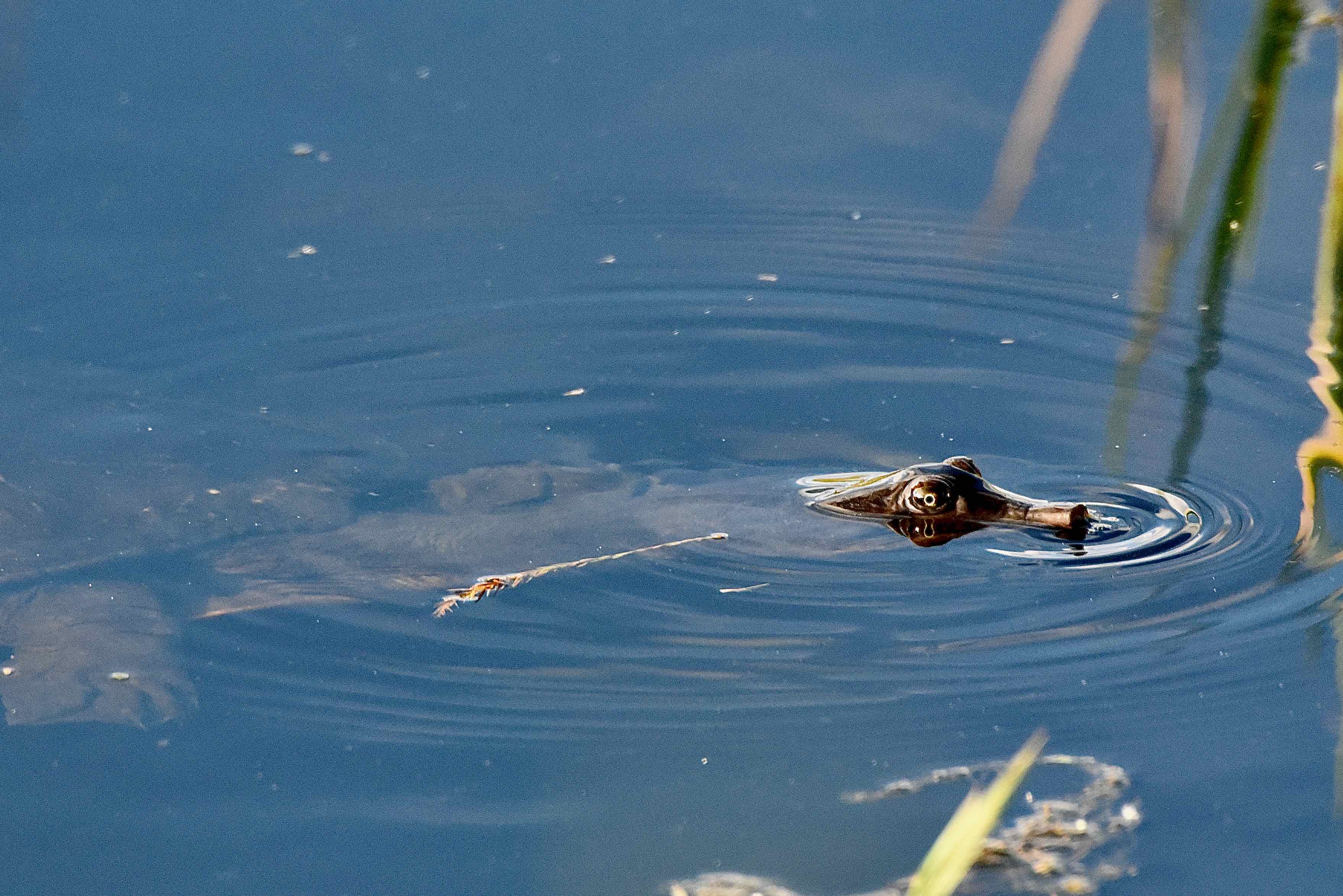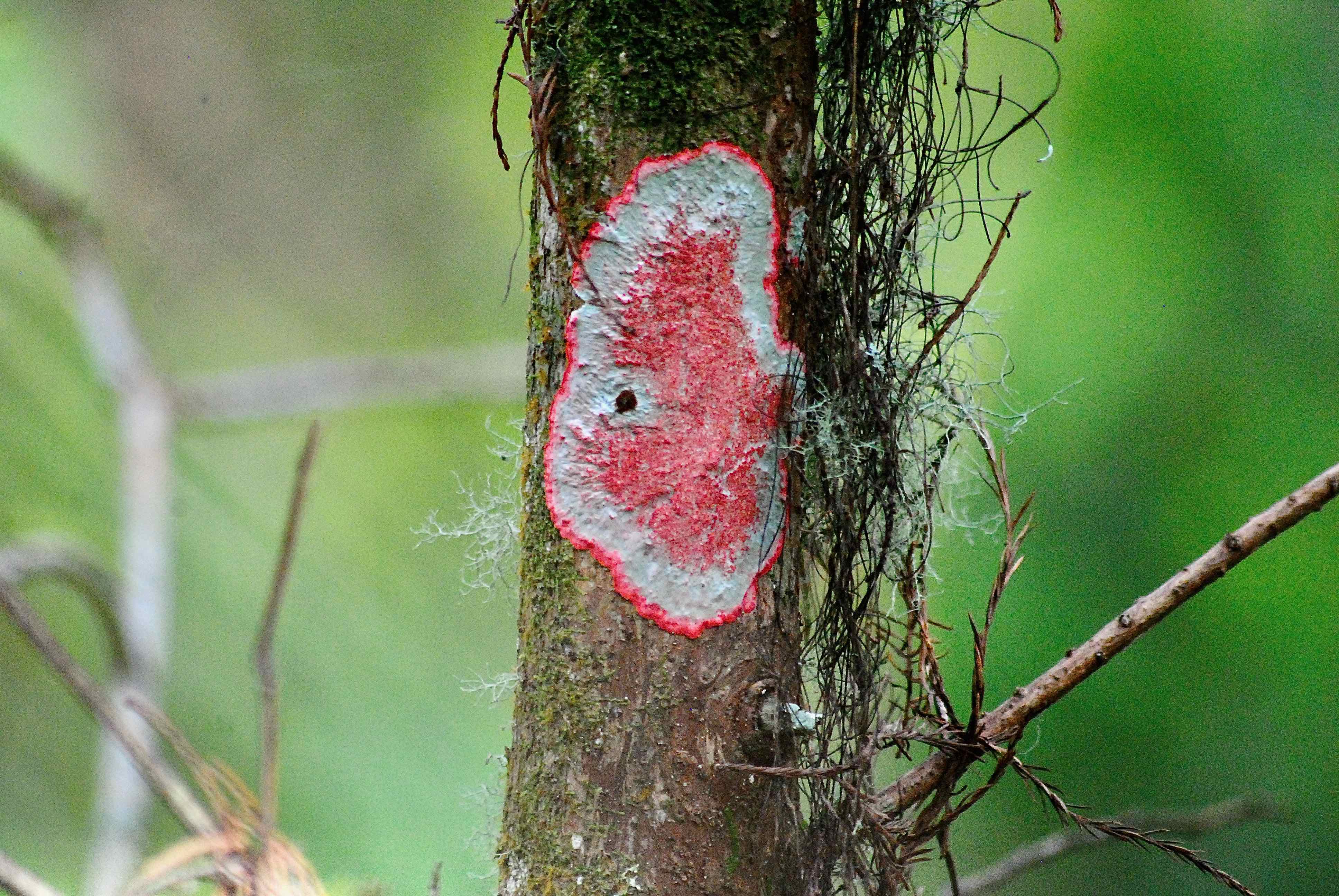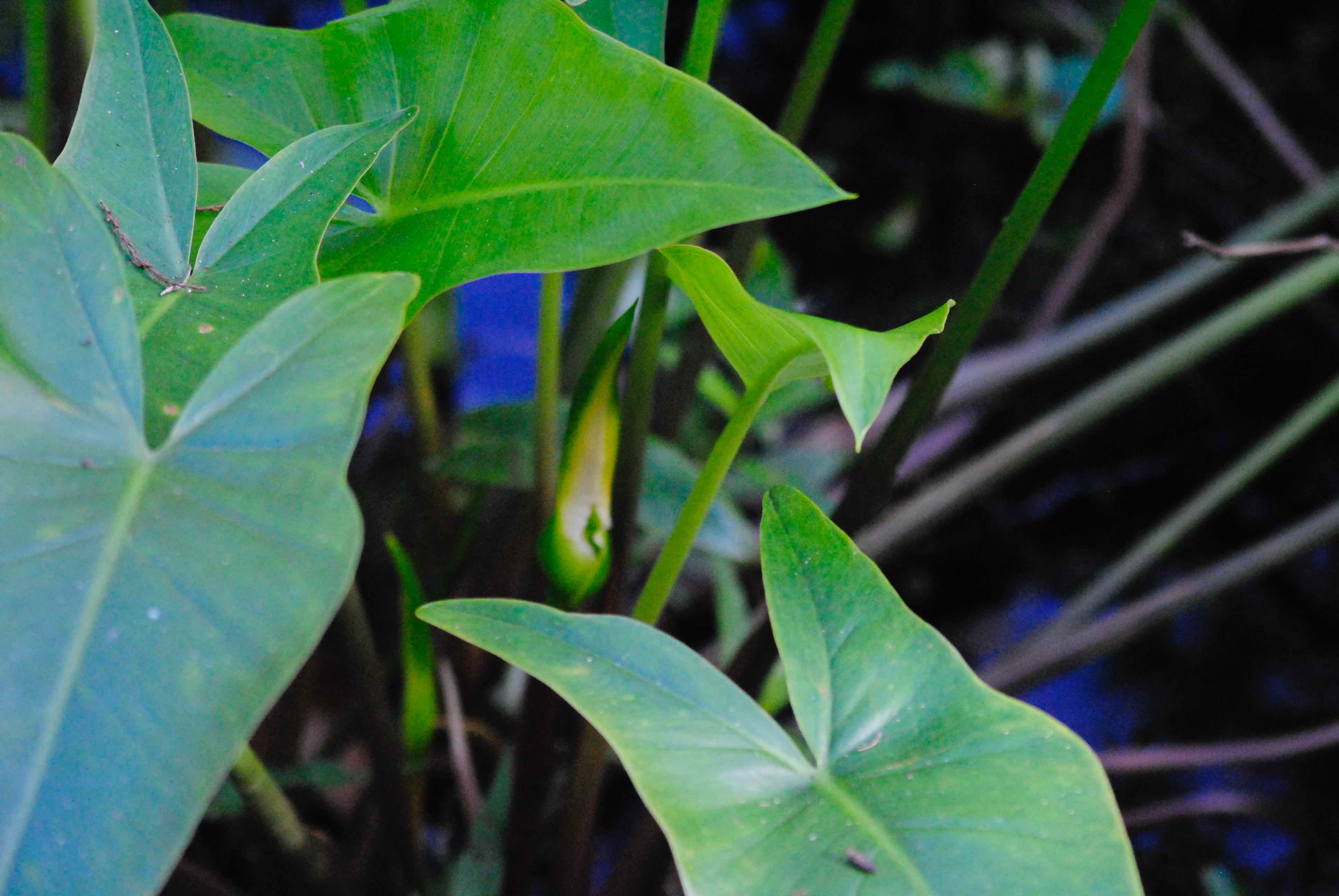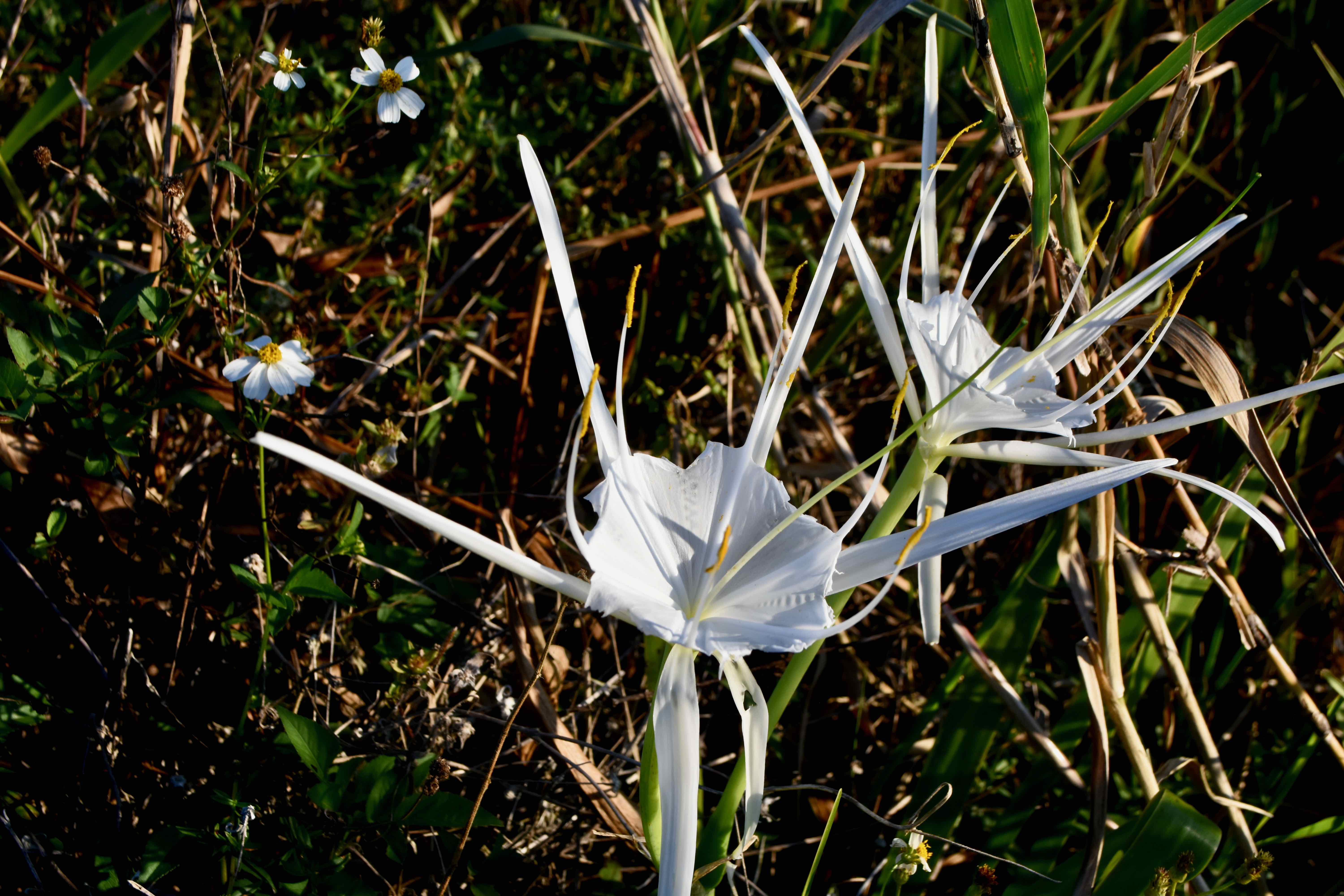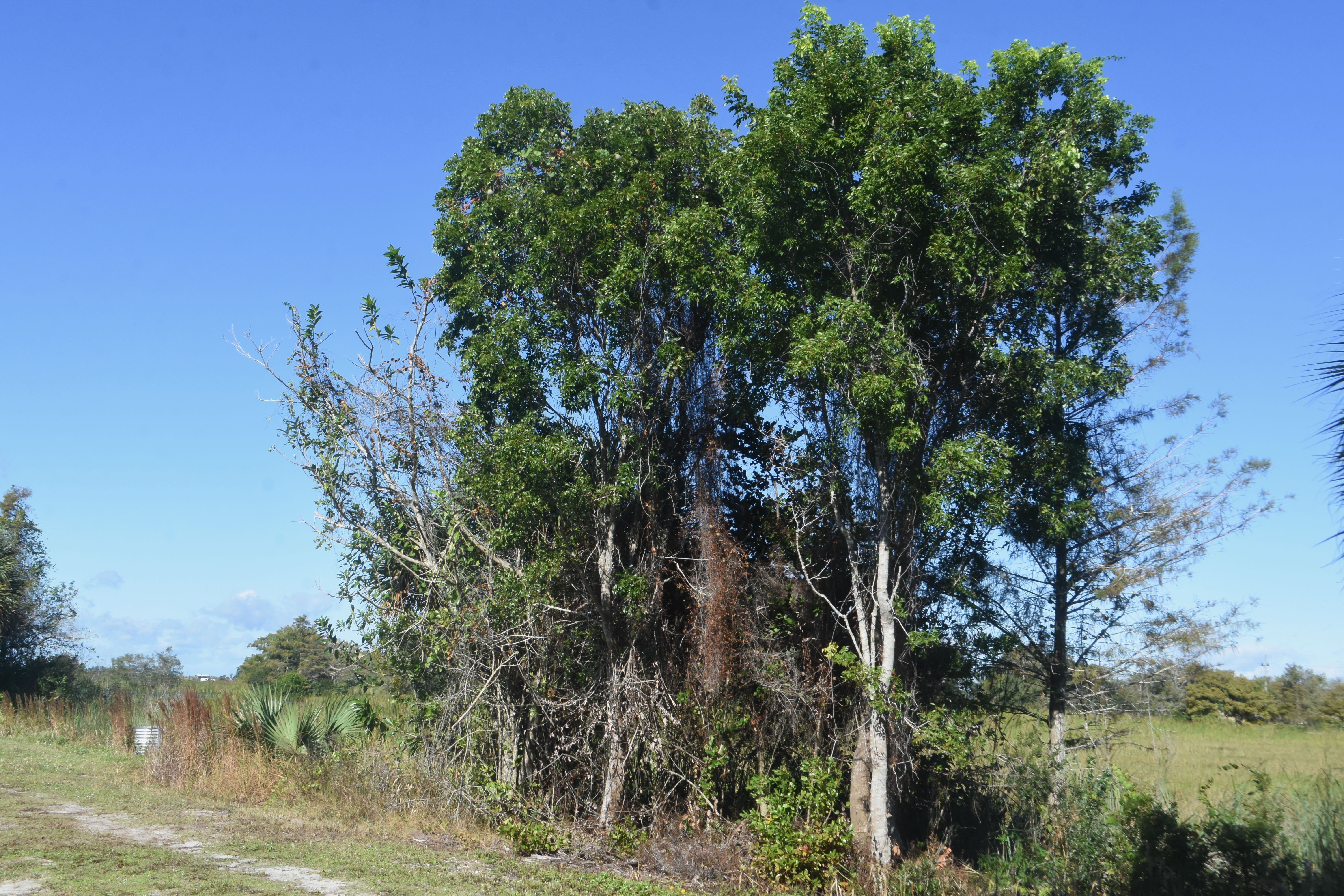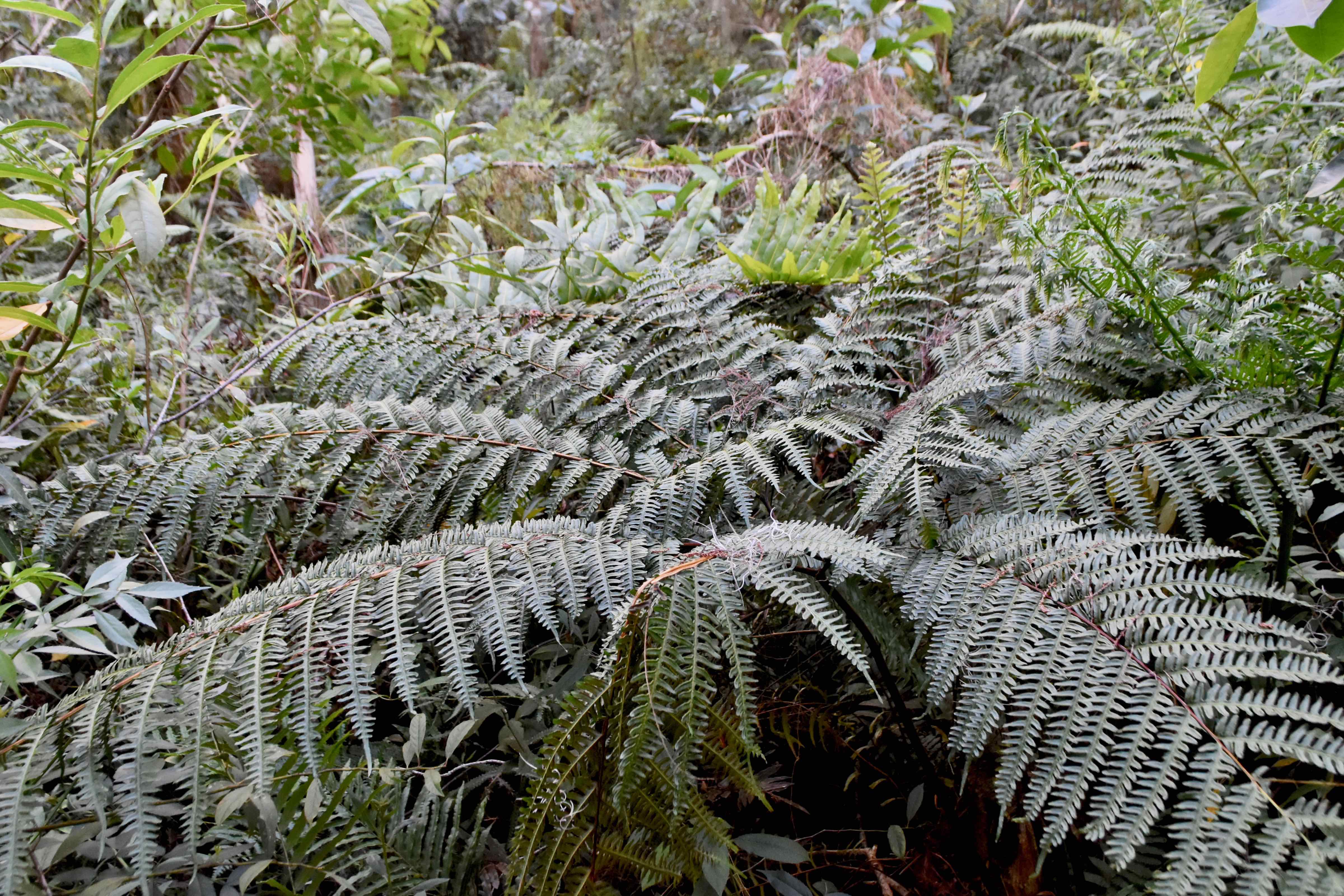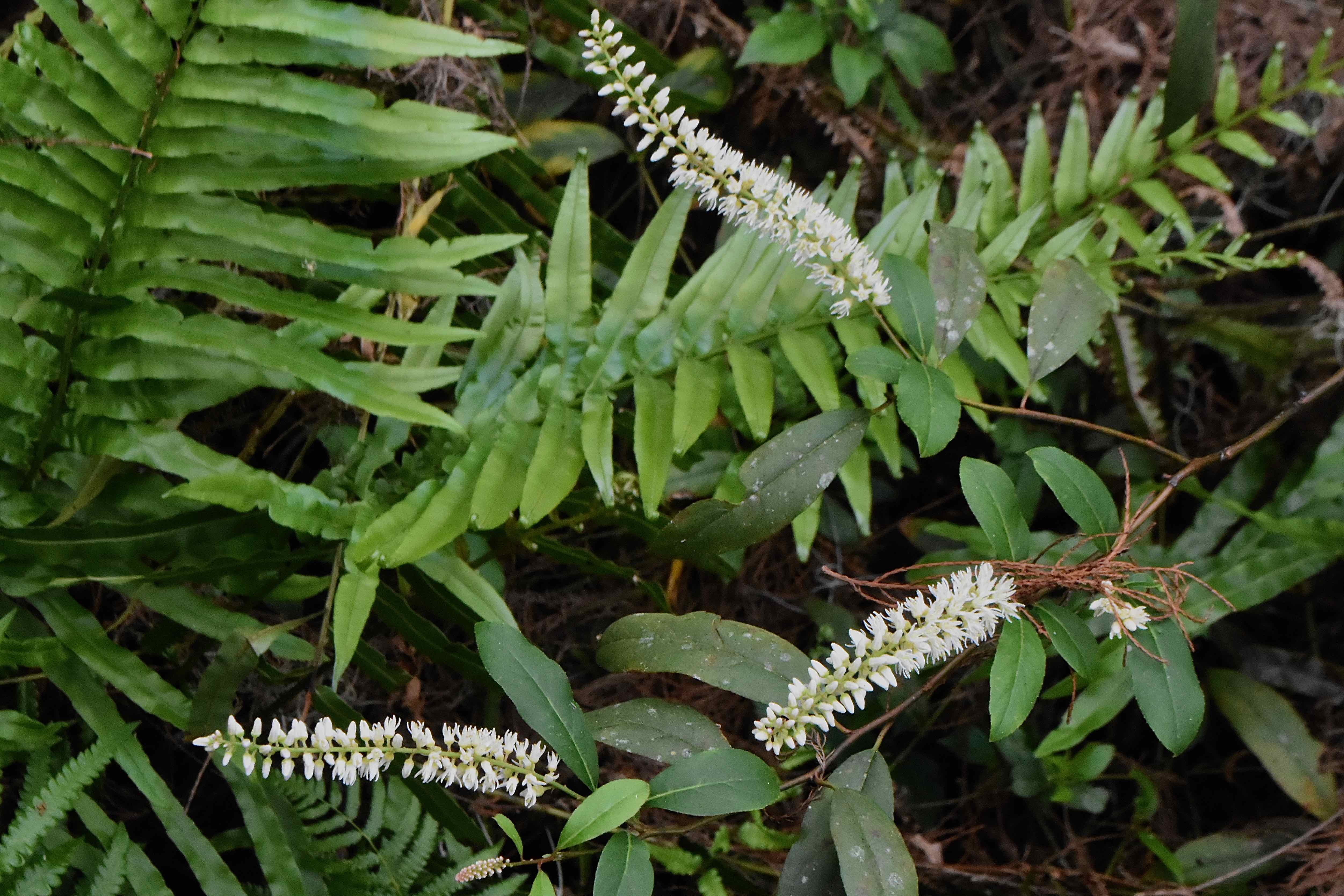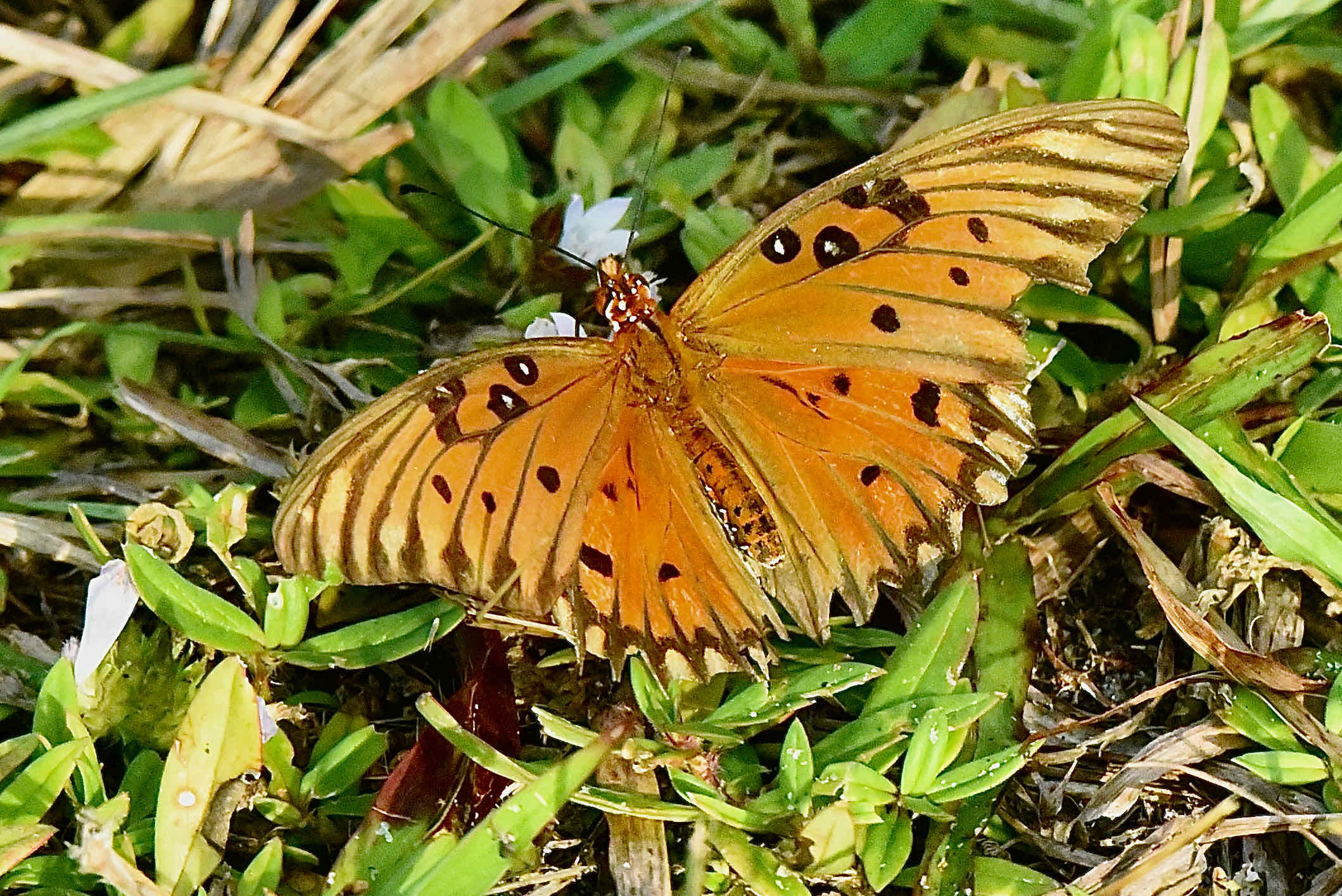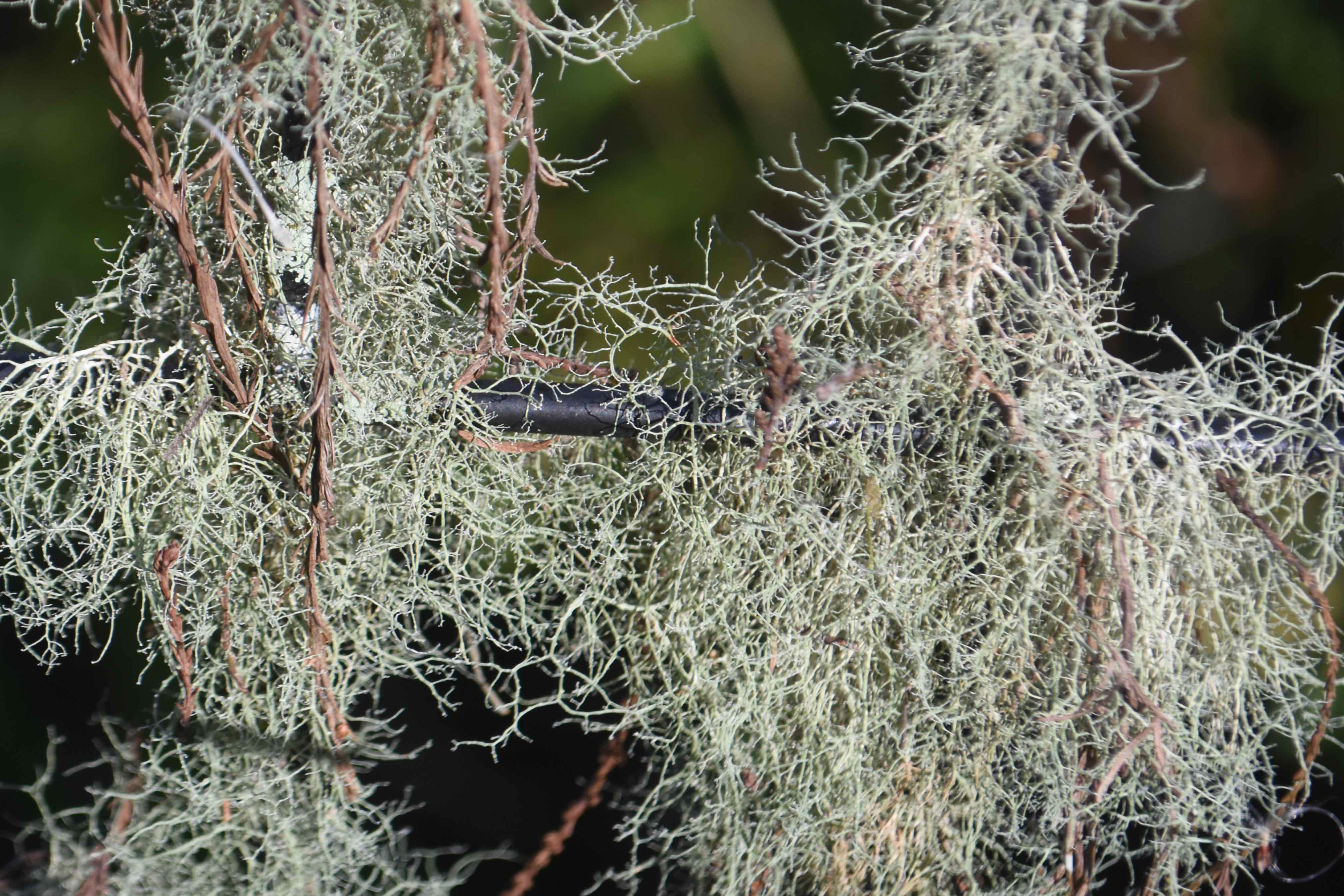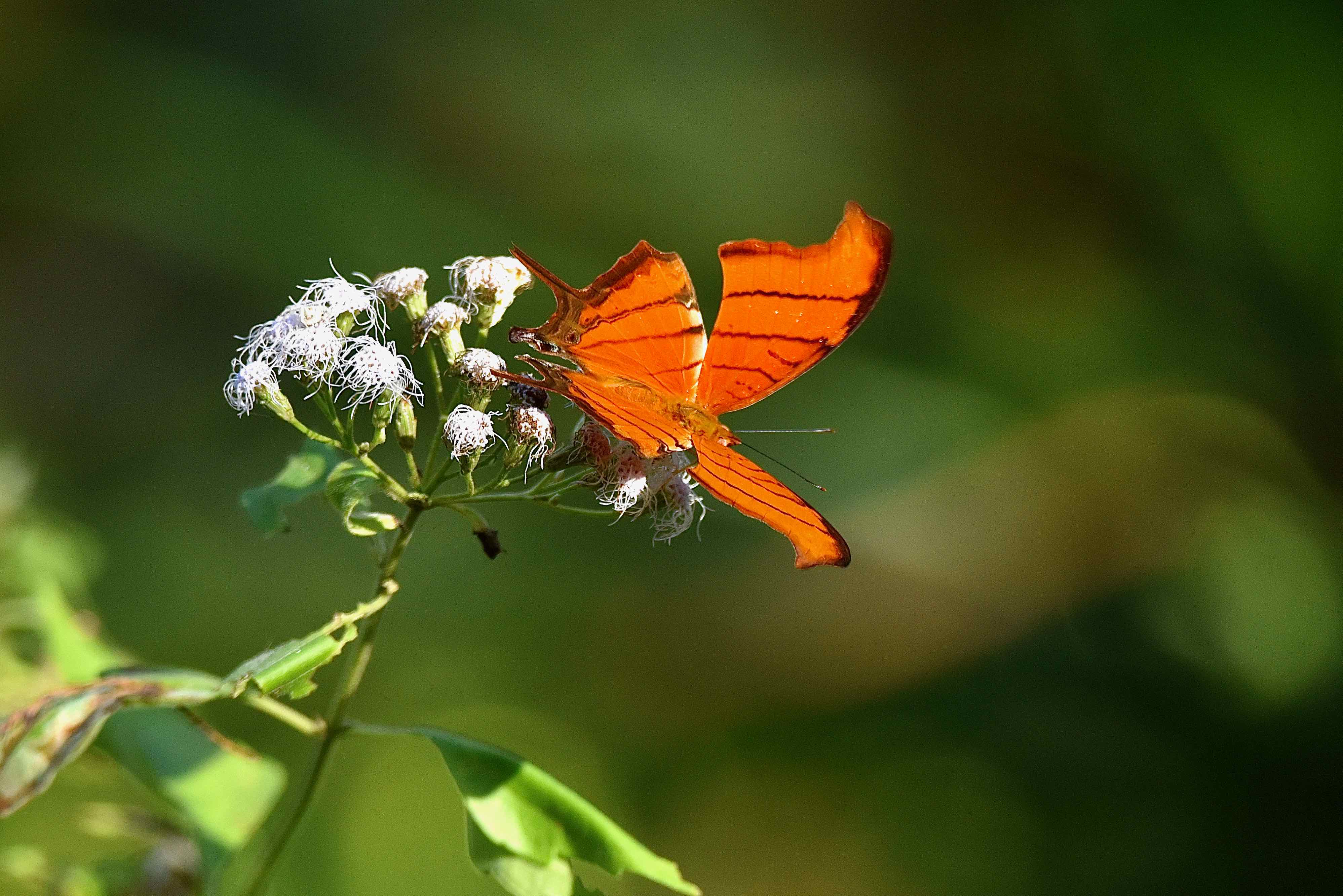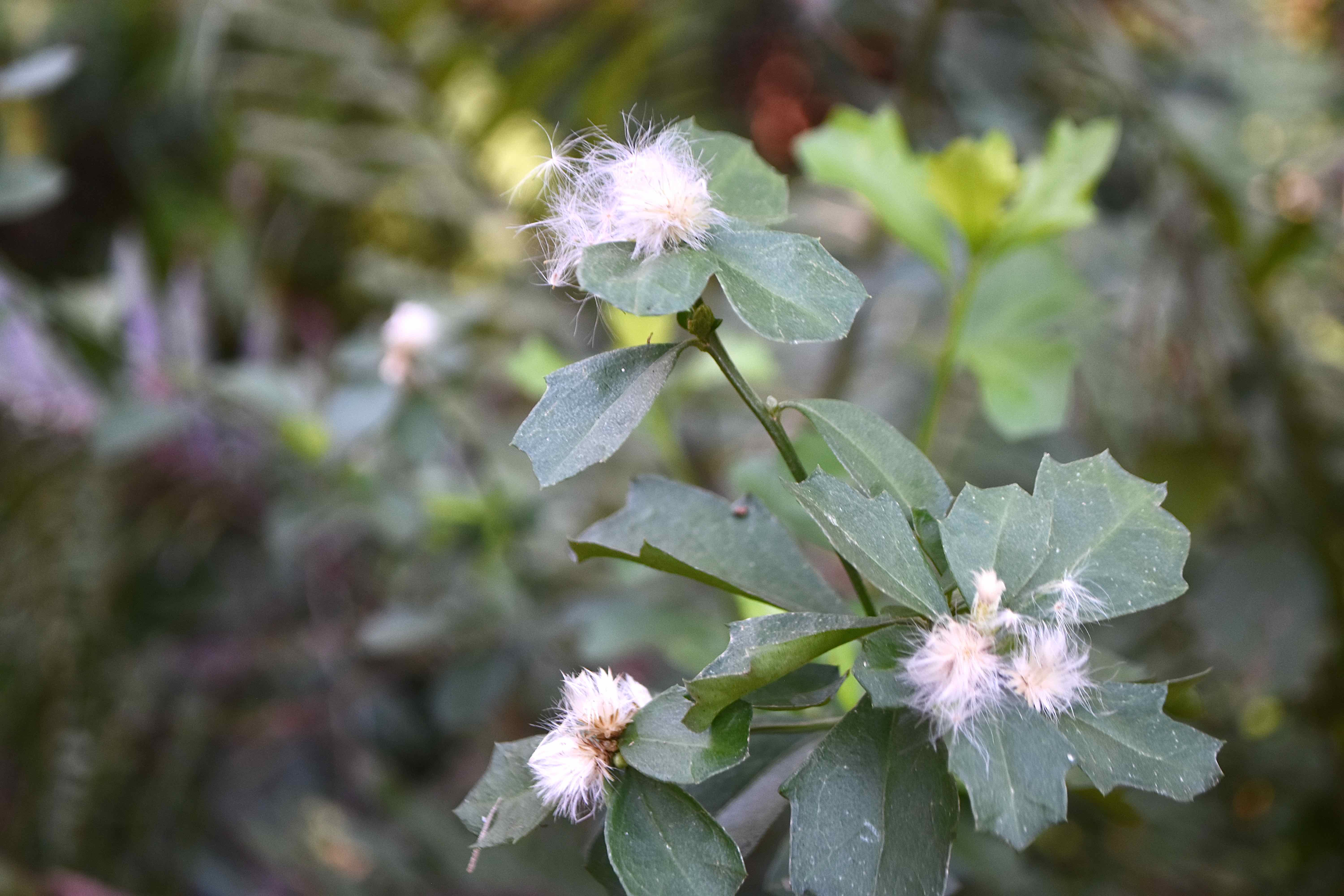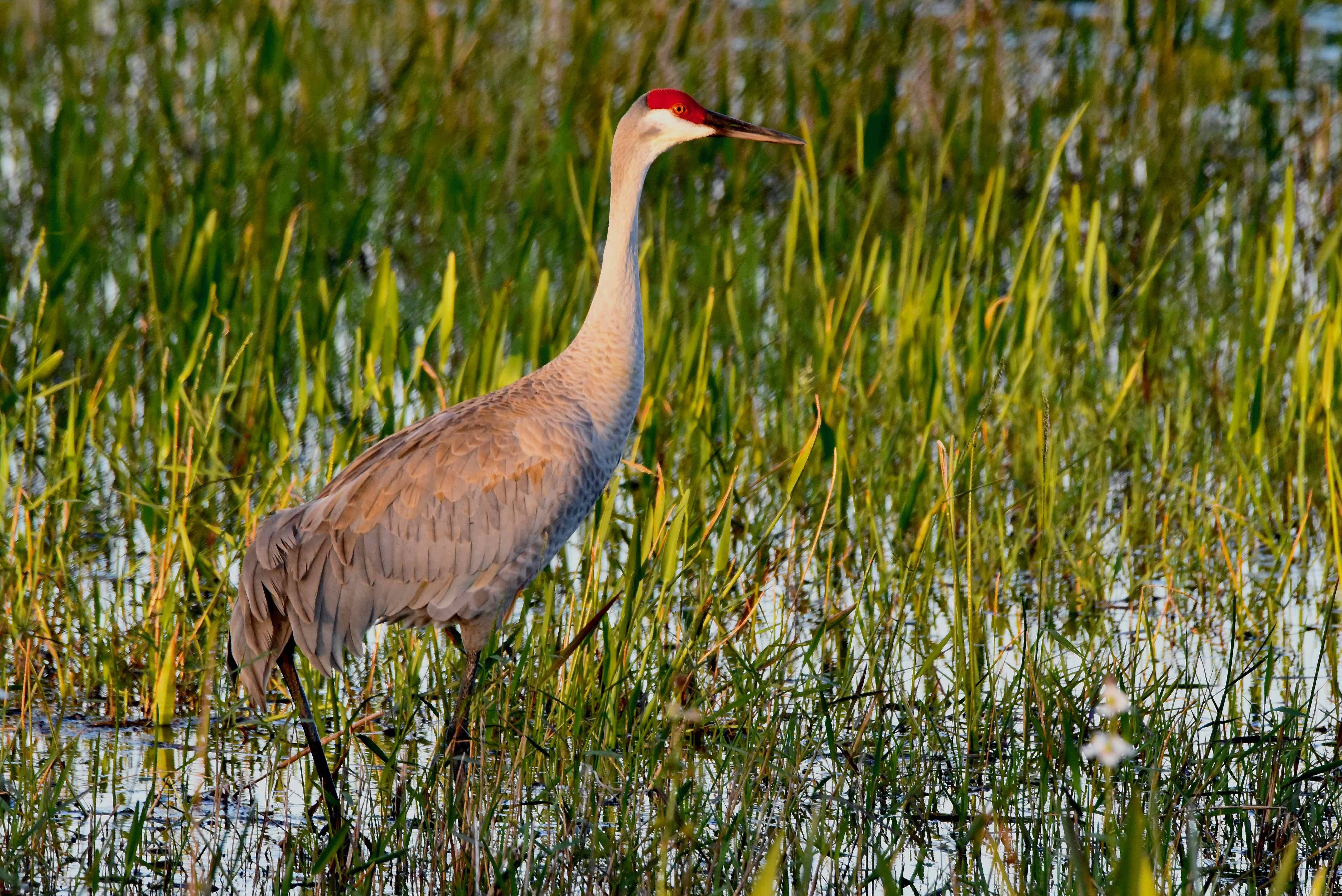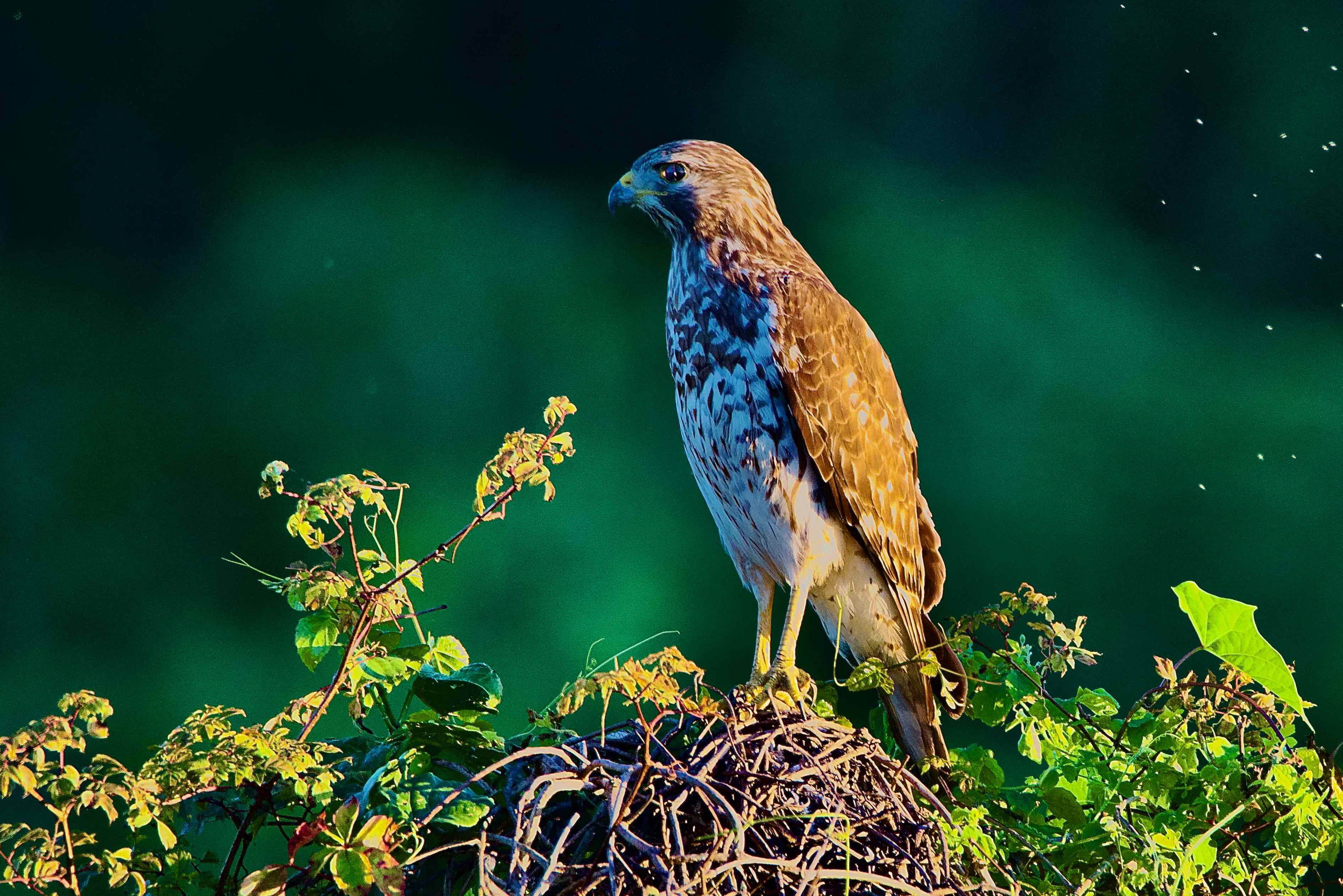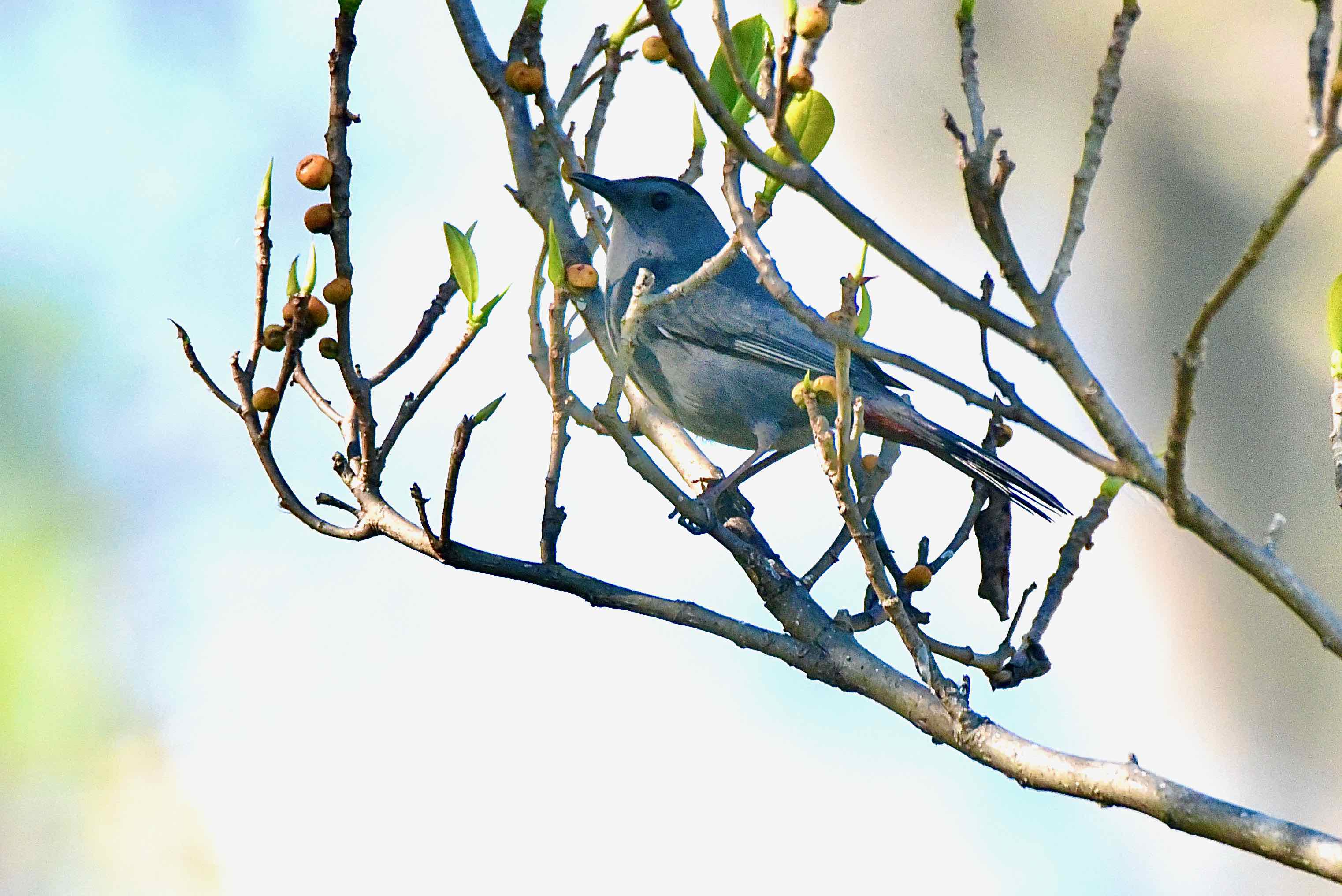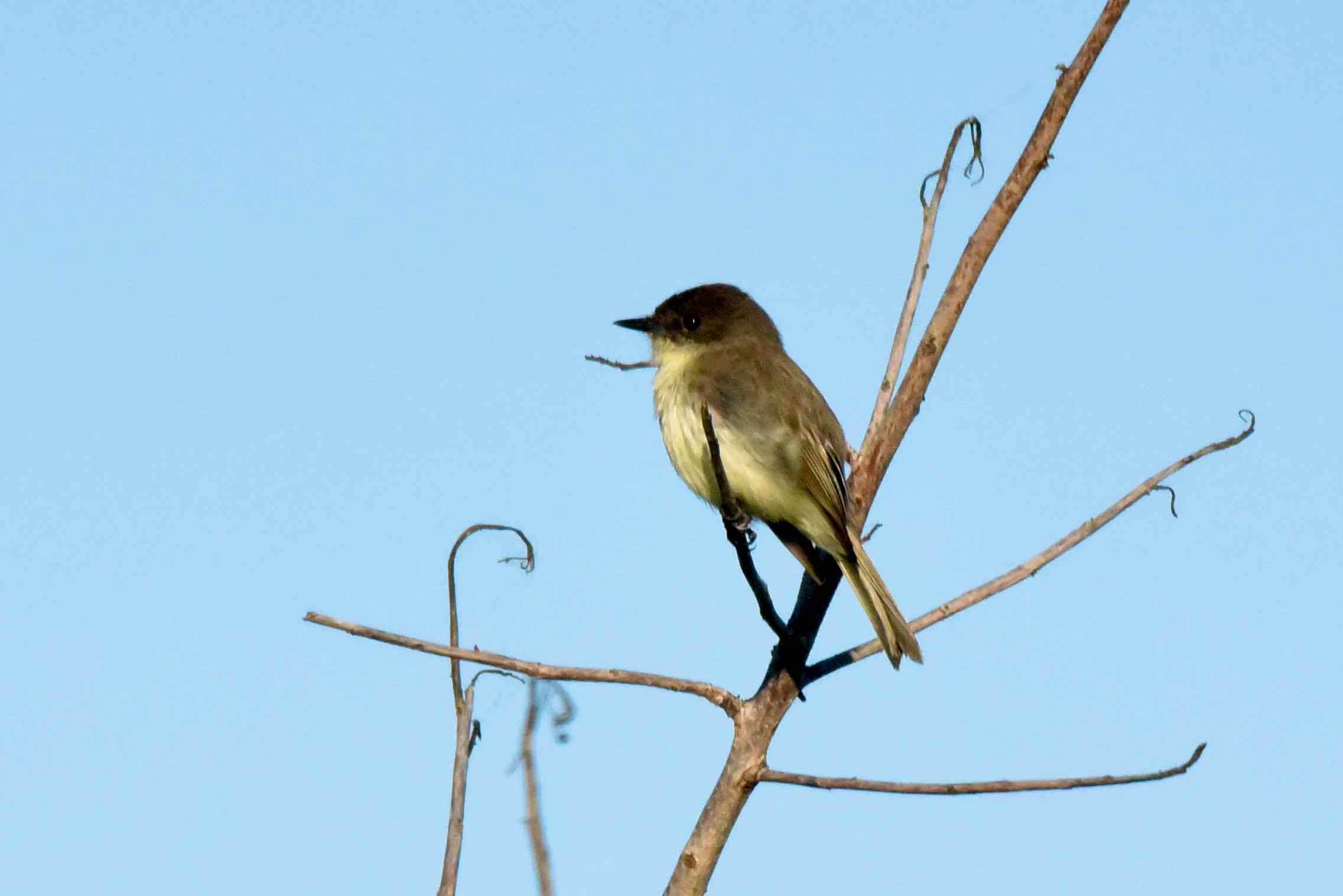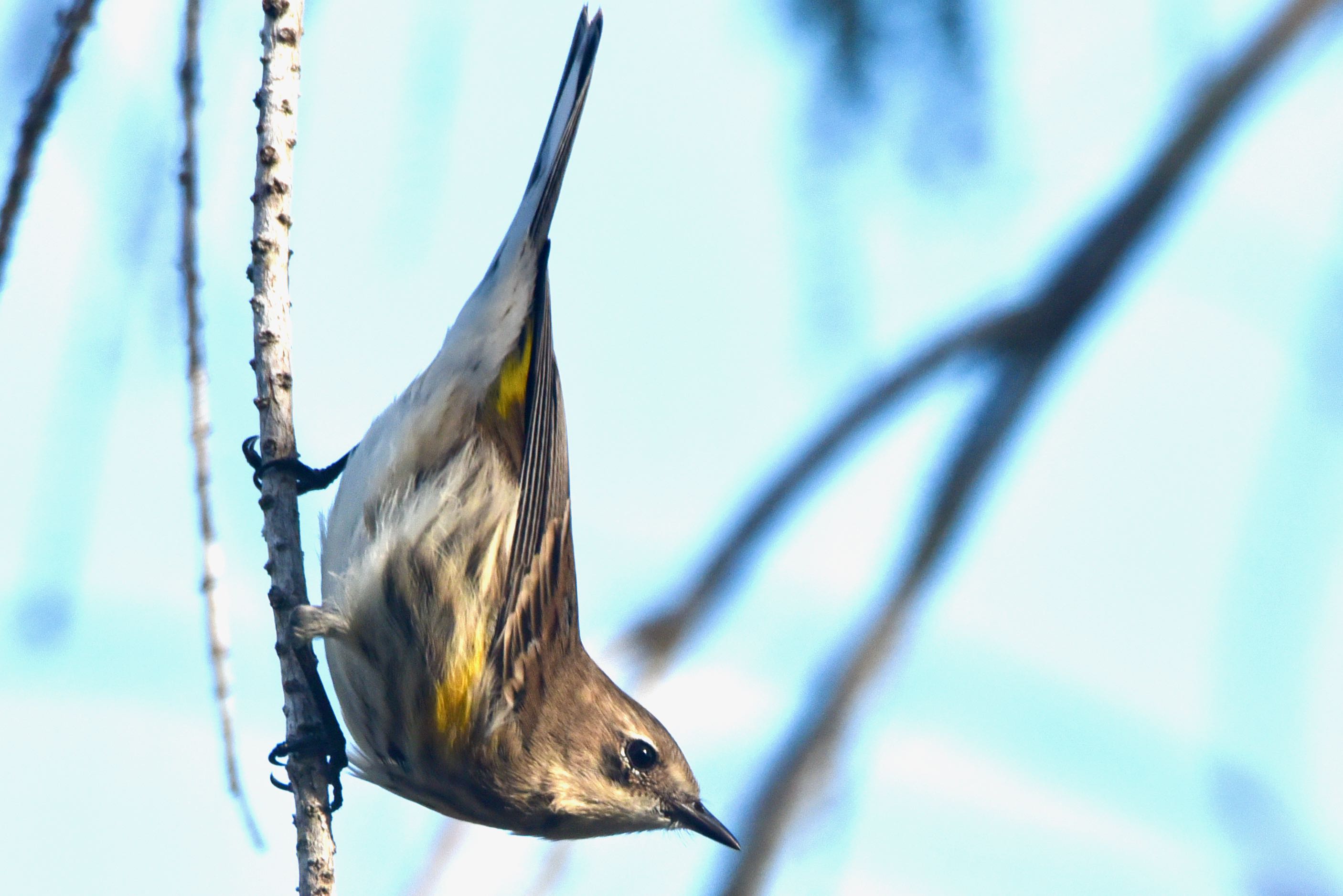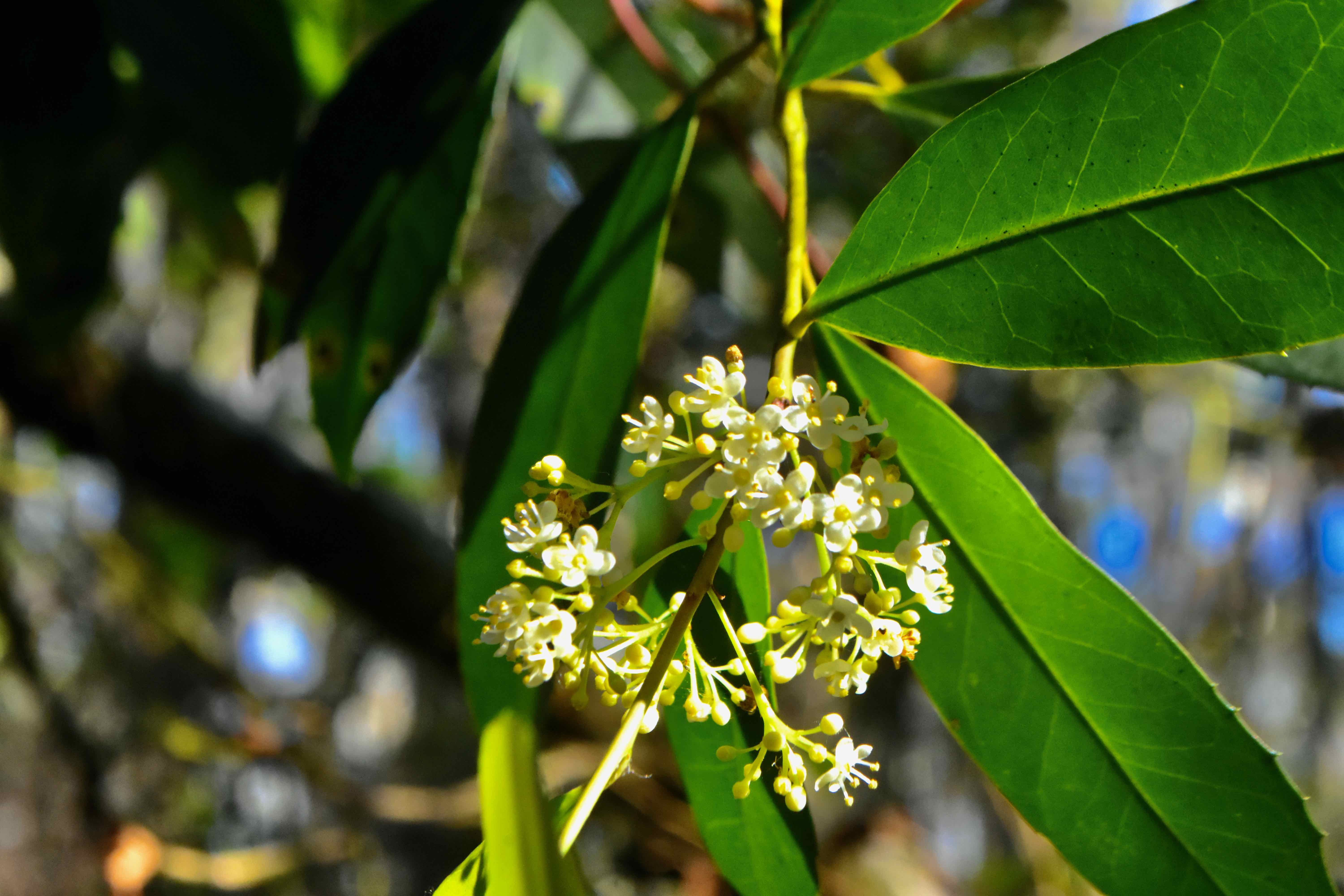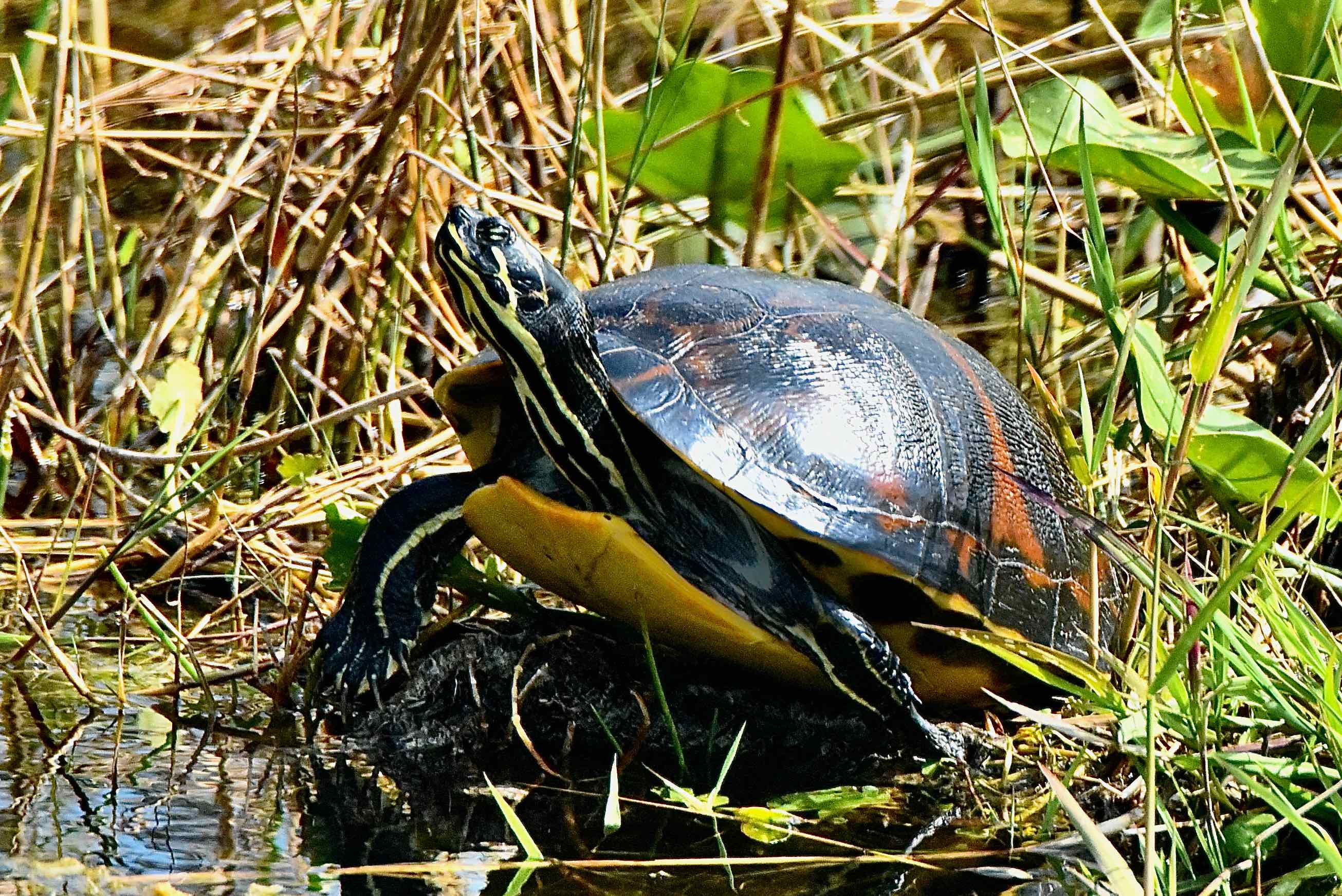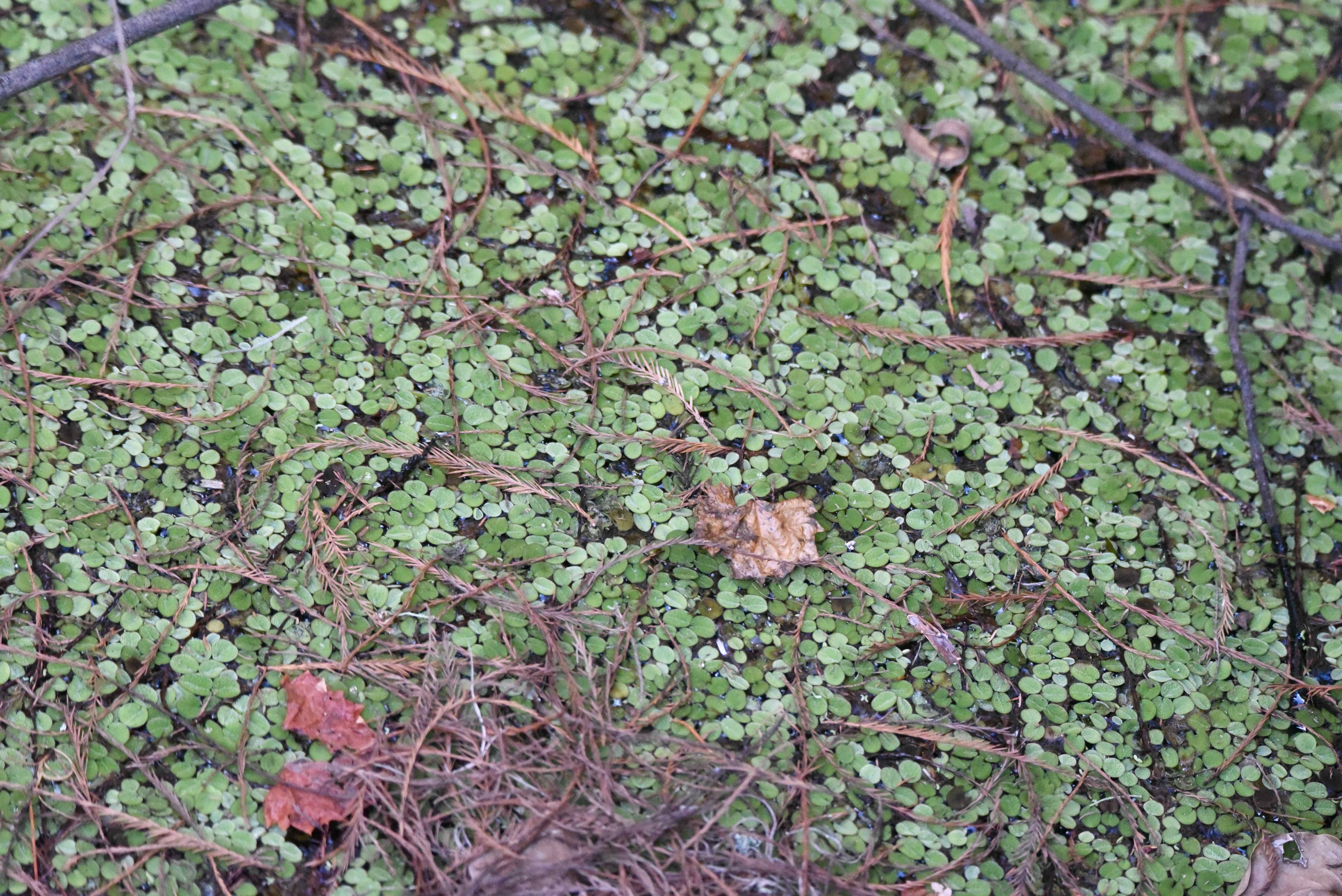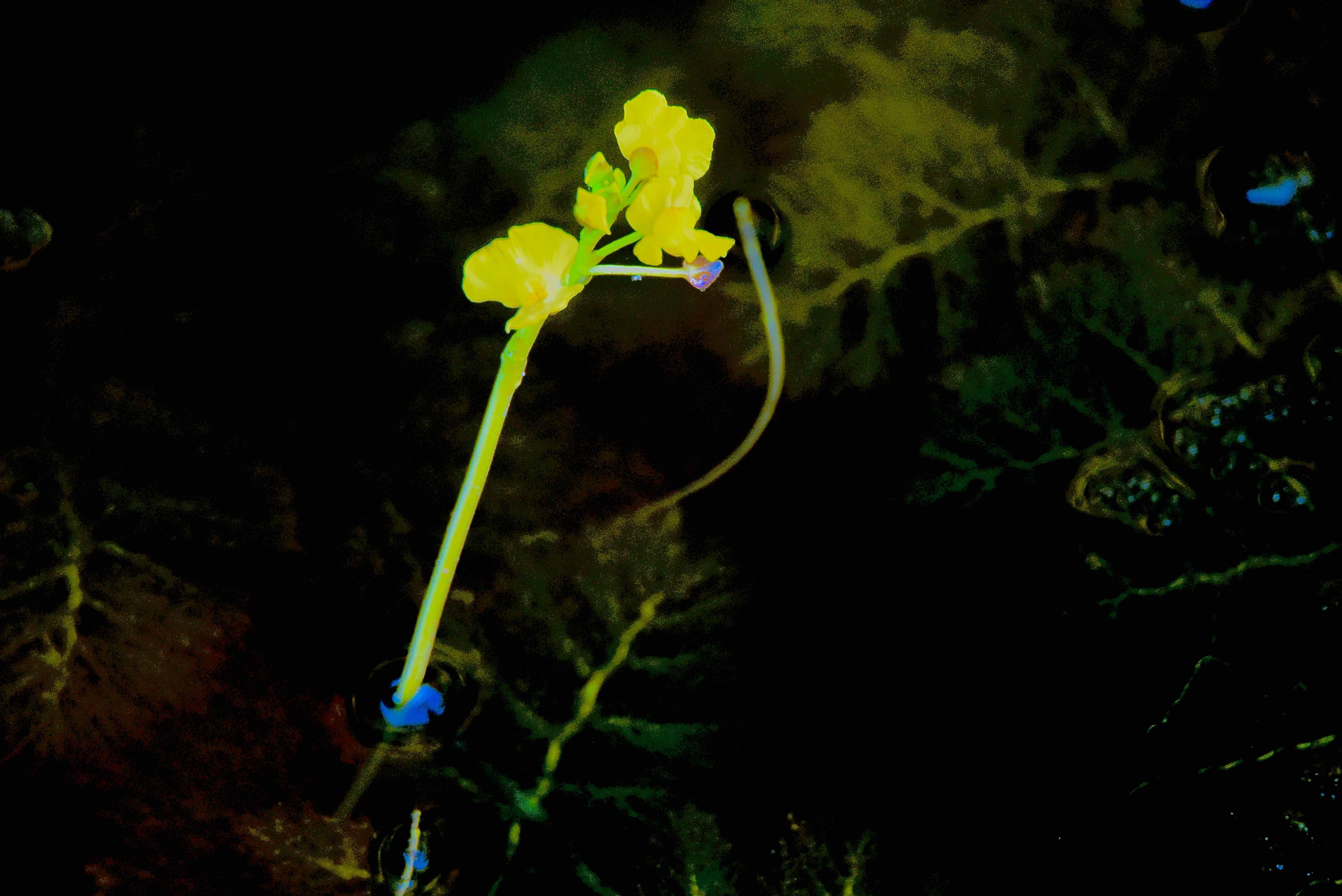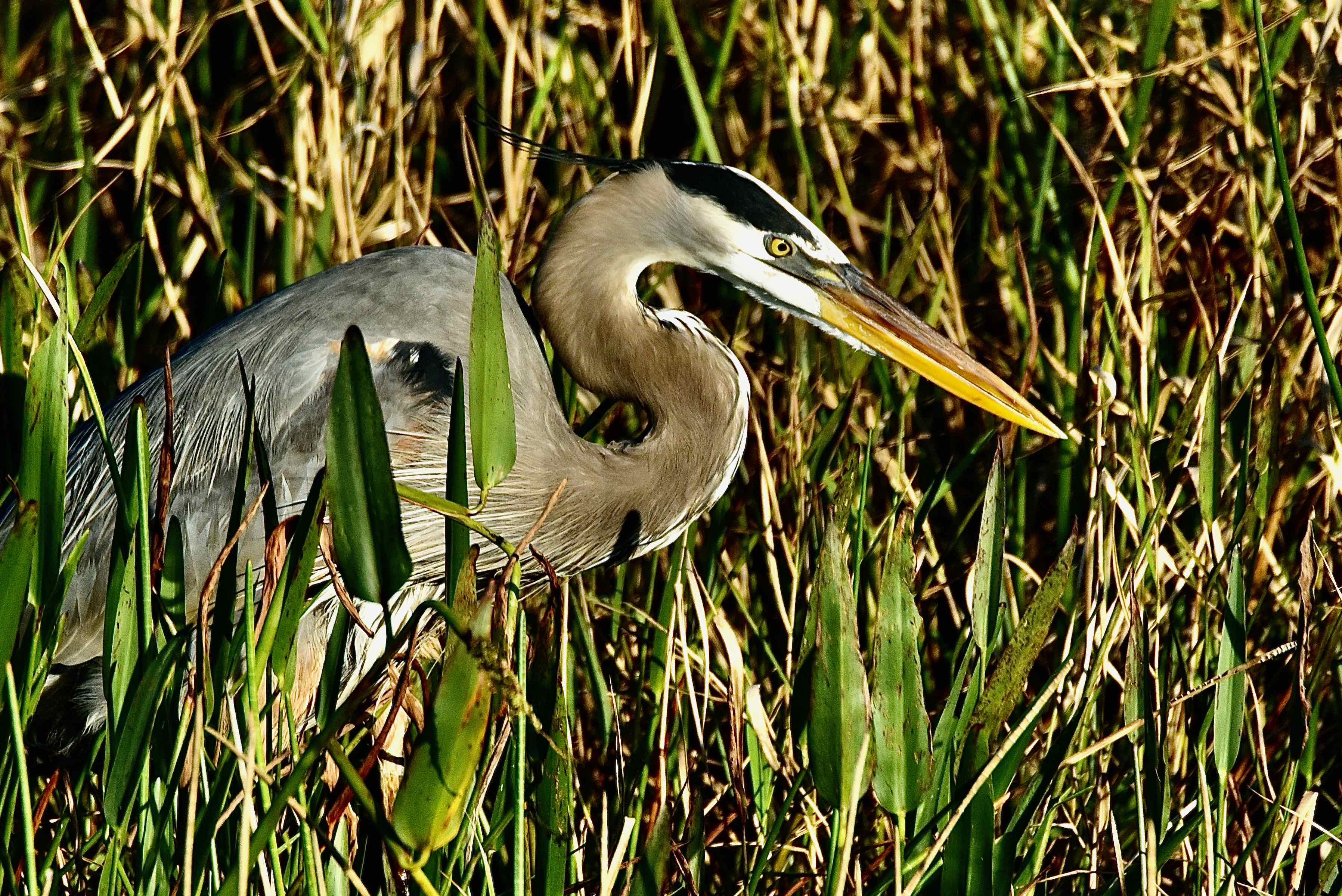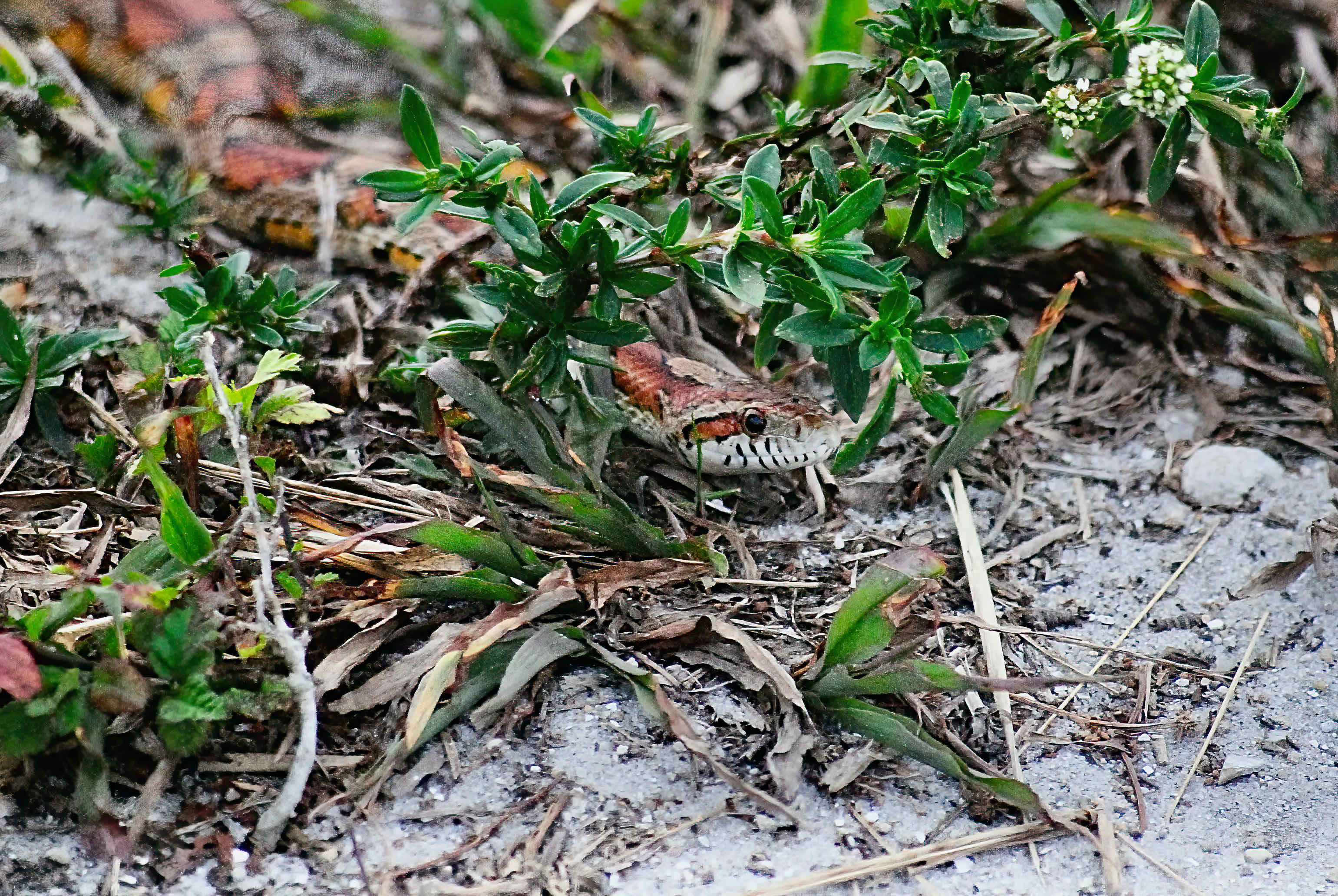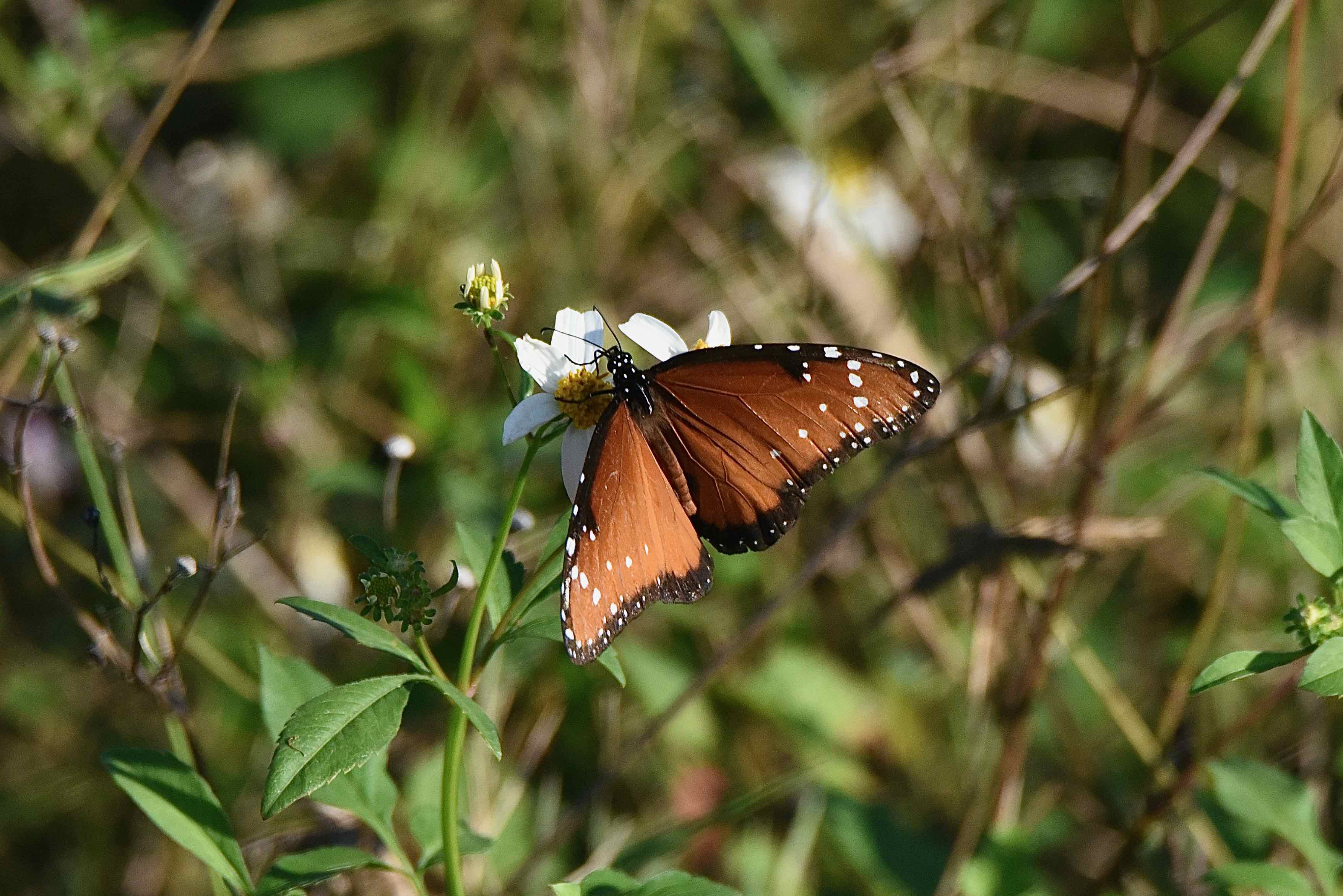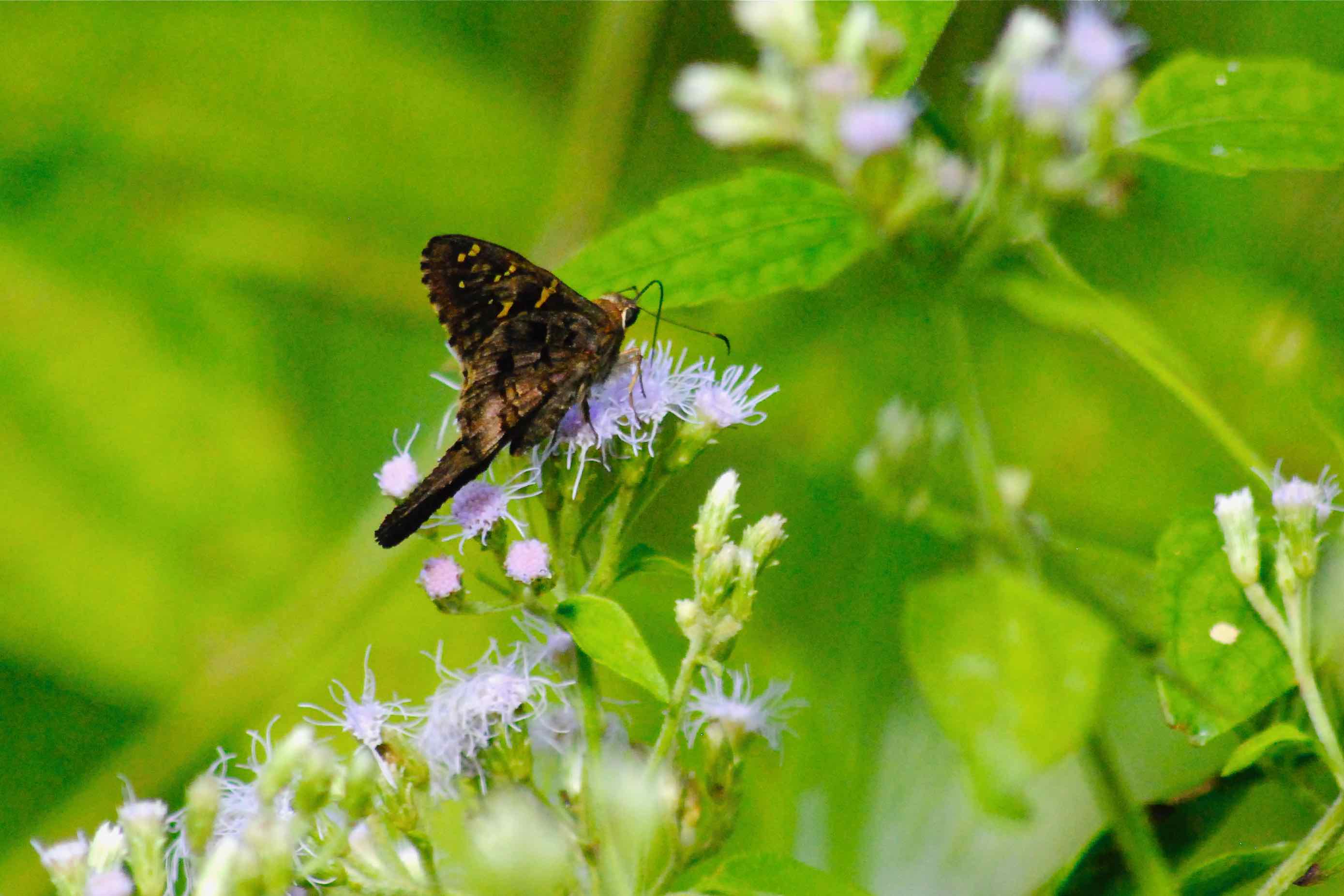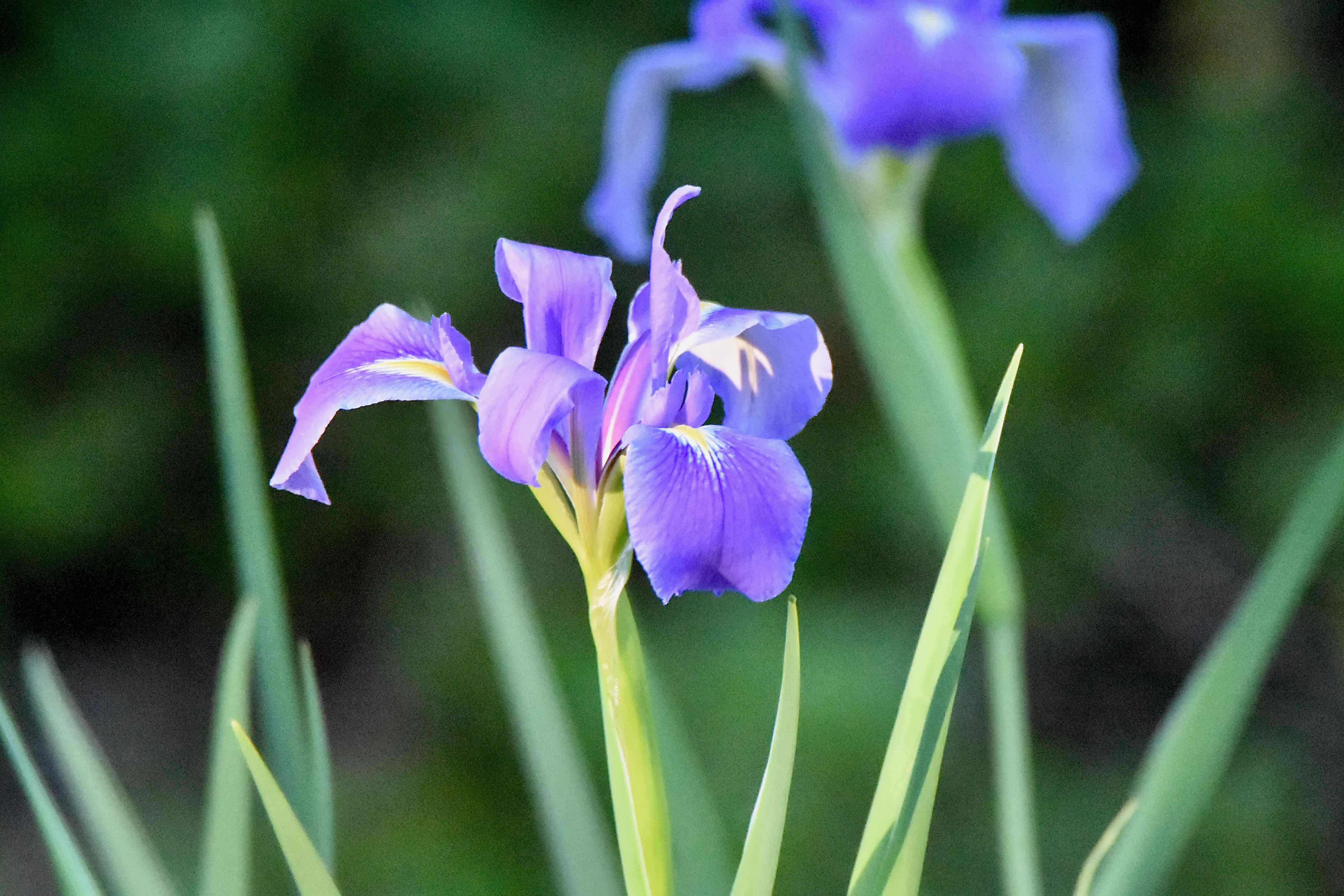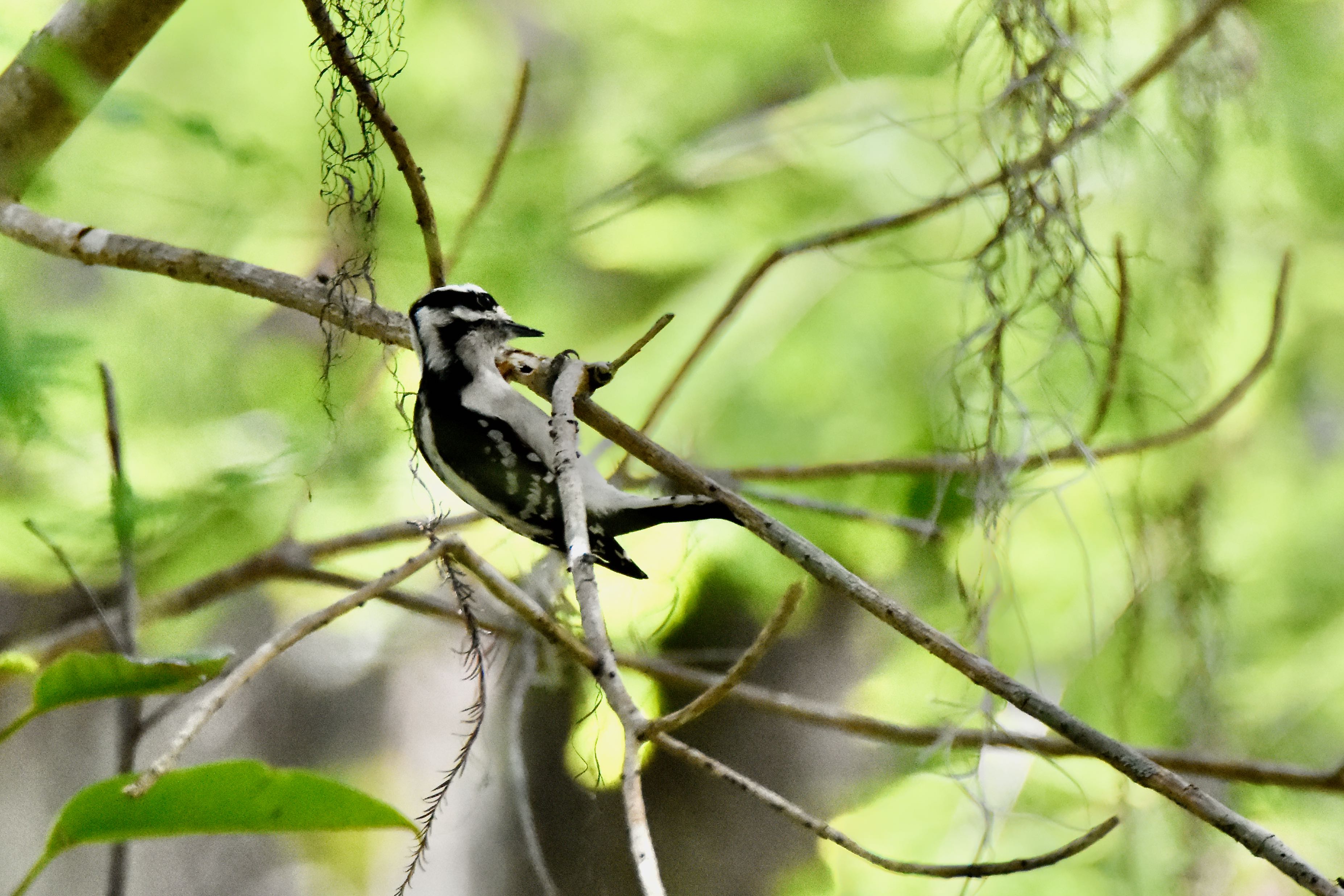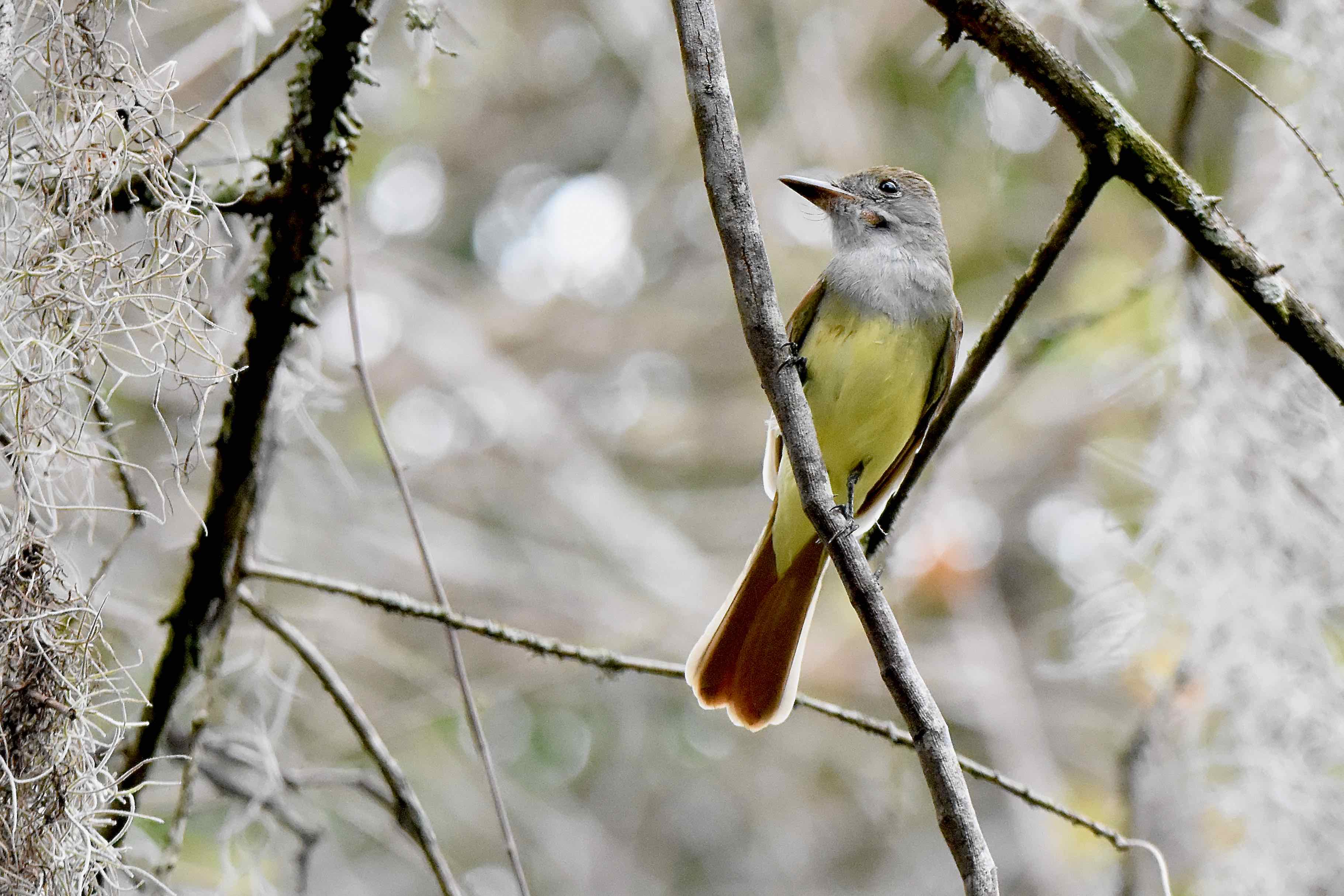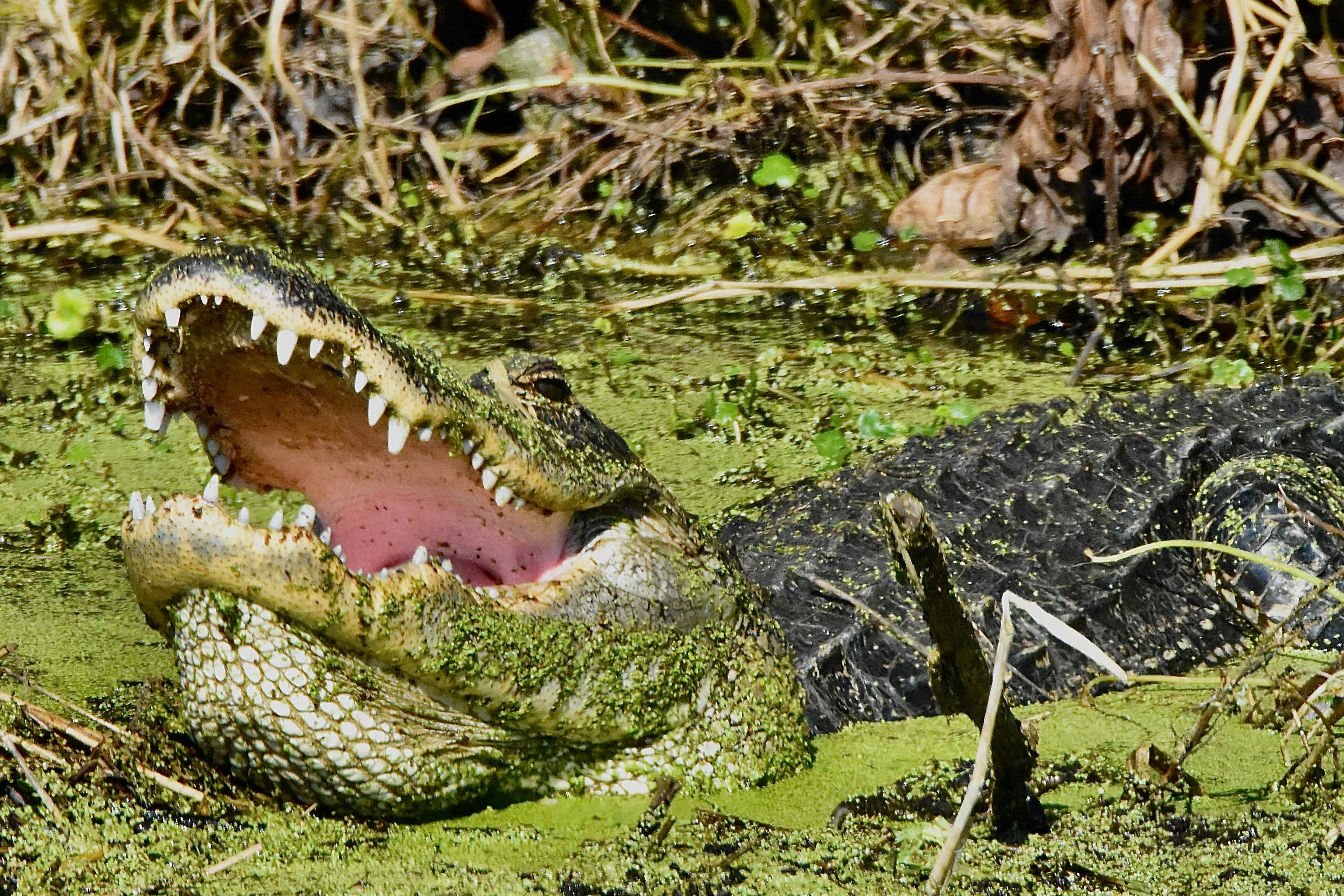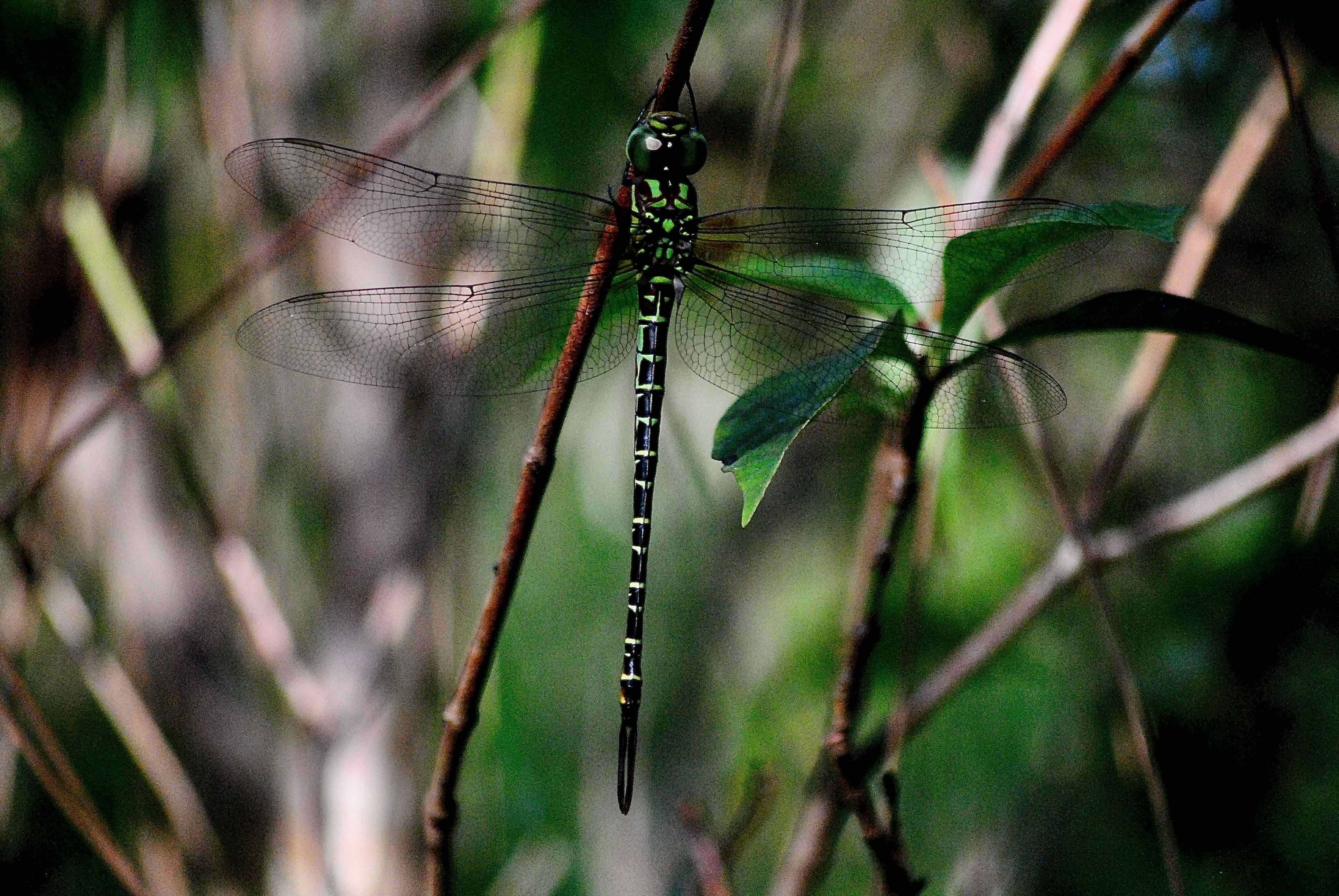Overview The mission of the national wildlife refuge system can be summed up thusly: nature first, people second. There are NWRs with minimal public access or aren't open to the public at all. But, with its system of hiking trails, visitor center, boat launches and more, the Arthur R. Marshall National Wildlife Refuge is very accommodating to the human species without sacrificing its primary purpose of protecting the plants and animals that live within its bounds. It's one of South Florida's recreational gems. It's also one of the largest urban wildlife refuges in the national system.
The refuge may be accessed at three places, the main entrance on Lee Road in Boynton Beach, the Lox Road, or Hillsboro, entrance in Parkland, Broward County, and along Southern Boulevard near Twenty Mile bend between West Palm Beach and Belle Glade. Most of the refuge is under water and requires a boat to access, but there still is plenty to see and do on dry land.
History: In many ways, the history of Florida is the history of water, obviously a vital resource but since statehood in 1845 it's also been considered an obstacle to overcome. Much of Florida's interior, covered with swamps and marshes, was too wet for permanent human habitation, including the land that is now the Loxahatchee NWR. Five years after Florida became a state, Congress passed the Swamp Land Act of 1850, deeding 20 million acres of wetlands to the state with the intent that they be drained. Not much happened for the next 50 years, but with the turn of the 20th century came the Everglades Drainage Act of 1907; over the next two decades, Florida would spend $18 million — a huge sum back in the day — digging some 400 miles of drainage canals primarily in the south end of the Peninsula. In the years following World War II, Florida's population began to surge. In the 1950s and into the 1970s, the U.S. Army Corps of Engineers and Florida's state government built three large water retention impoundments to drain the northern Everglades. In 1951, under an agreement with the state, the federal Fish and Wildlife Service leased the northern most of these impoundments under the Migratory Bird Conservation Act and established the Loxahatchee National Wildlife Refuge. The other two impoundments are now the neighboring Everglades and Francis S. Taylor Wildlife Management Area. In 1986, federal authorities rechristened the refuge as the Arthur R. Marshall Loxahatchee National Wildlife Refuge, honoring a former FWS employee and conservation advocate. In 2018, the FWS agreed to a land swap that added the Strazzulla Marsh to the refuge, netting about 1,200 acres.
What You'll See: Loxahatchee's 145,188 acres are mostly wet habitats, from the 400-acre Cypress Swamp, to the Marsh Trail, to the tree islands, sloughs, wet prairies and marshes beyond the L40 canal that provide nesting and foraging grounds for many of the birds found within the refuge. Thing is, you don't need to get your feet wet to explore Loxahatchee — there is a 0.4-mile boardwalk winding through the Cypress Swamp and the Marsh Trail is grid-like, wide boulevards criss-crossing a network of marshes and small cypress dome swamps. The Arthur R. Marshall Trail takes hikers north from Lee Road and The Perimeter Levee Trail goes north and south along the L40 Canal. For the slightly more adventurous, there is a 5.5-mile canoe trail through a portion of the vastness beyond the levee. For those curious and energetic, there's the Strazzulla Marsh, the newest part of the refuge. It's about 3.25 miles north of the boat launch on the east side of the Perimeter Levee Trail, and you either have to hike, bike or boat to get there. Strazzulla's 2,300 acres include the last remaining sawgrass habitat in the eastern Everglades and a cypress forest. It provides critical habitat for the endangered snail kite.
Loxahatchee is a wild place despite its "civilized" veneer. You can find barred owls in the cypress swamp, great horned owls along the marsh trail. With a little luck, deer, river otter and bobcats can be spotted. More abundant are squirrels, raccoons and marsh rabbits. Loxahatchee hosts one of the most dense and healthy populations of alligators south of Lake Okeechobee. Some 63 plant and animal species state or federally listed as either endangered, threatened or of special concern can be found within Loxahatchee.
Amenities: Loxahatchee features a nature center and small store near the Cypress Swamp Boardwalk. There are restrooms inside the building, plus detached restrooms open during all operating hours. There is a boat launch at the end of Lee Road, with plenty of parking. A vendor rents canoes and kayaks, and periodically conducts events. The trails are wide and open, making for easy walking. There are limited facilities at the north and south entrances.
Nearby: Both Green Cay Nature Center and Wakodahatchee Wetlands sit to the southeast of Loxahatchee National Wildlife Refuge, a 10-minute drive away, depending on traffic; West Delray Regional Park is due south along Atlantic Avenue just west of U.S. 441. Daggerwing Nature Center is farther south, just west of 441 off Glades Road in Boca Raton. Continue along 441 through Boca Raton and just across the Broward County line on the west side of 441, you'll find Loxahatchee Road (also known as Lox Road) that leads to the south entrance of the national wildlife refuge.
Links: The Institute for Regional Conservaton's list of plant species found in the refuge is here; the Great Florida Birding Trail's page on Loxahatchee is here. The Friends of Arthur R. Marshall Loxahatchee National Wildlife Refuge is here.
Of Note: The Lee Road entrance to Loxahatchee National Wildlife Refuge is open 5 a.m. to 10 p.m. Both the south entrance (Loxahatchee Road) and the north entrance (Southern Boulevard) are open 24 hours. There is an entrance fee, $10 as of this writing, with annual passes available at $25. National annual and lifetime passes also get you in.
Cover Photo: You might expect an alligator to be the "cover animal" for Loxahatchee, but the endangered snail kite is a better fit since the refuge's primary mission is conservation of its natural resources, and this is one of its rarest. Loxahatchee is one of the few places in South Florida where you'll see these rare birds and probably the easiest to visit.
The refuge may be accessed at three places, the main entrance on Lee Road in Boynton Beach, the Lox Road, or Hillsboro, entrance in Parkland, Broward County, and along Southern Boulevard near Twenty Mile bend between West Palm Beach and Belle Glade. Most of the refuge is under water and requires a boat to access, but there still is plenty to see and do on dry land.
History: In many ways, the history of Florida is the history of water, obviously a vital resource but since statehood in 1845 it's also been considered an obstacle to overcome. Much of Florida's interior, covered with swamps and marshes, was too wet for permanent human habitation, including the land that is now the Loxahatchee NWR. Five years after Florida became a state, Congress passed the Swamp Land Act of 1850, deeding 20 million acres of wetlands to the state with the intent that they be drained. Not much happened for the next 50 years, but with the turn of the 20th century came the Everglades Drainage Act of 1907; over the next two decades, Florida would spend $18 million — a huge sum back in the day — digging some 400 miles of drainage canals primarily in the south end of the Peninsula. In the years following World War II, Florida's population began to surge. In the 1950s and into the 1970s, the U.S. Army Corps of Engineers and Florida's state government built three large water retention impoundments to drain the northern Everglades. In 1951, under an agreement with the state, the federal Fish and Wildlife Service leased the northern most of these impoundments under the Migratory Bird Conservation Act and established the Loxahatchee National Wildlife Refuge. The other two impoundments are now the neighboring Everglades and Francis S. Taylor Wildlife Management Area. In 1986, federal authorities rechristened the refuge as the Arthur R. Marshall Loxahatchee National Wildlife Refuge, honoring a former FWS employee and conservation advocate. In 2018, the FWS agreed to a land swap that added the Strazzulla Marsh to the refuge, netting about 1,200 acres.
What You'll See: Loxahatchee's 145,188 acres are mostly wet habitats, from the 400-acre Cypress Swamp, to the Marsh Trail, to the tree islands, sloughs, wet prairies and marshes beyond the L40 canal that provide nesting and foraging grounds for many of the birds found within the refuge. Thing is, you don't need to get your feet wet to explore Loxahatchee — there is a 0.4-mile boardwalk winding through the Cypress Swamp and the Marsh Trail is grid-like, wide boulevards criss-crossing a network of marshes and small cypress dome swamps. The Arthur R. Marshall Trail takes hikers north from Lee Road and The Perimeter Levee Trail goes north and south along the L40 Canal. For the slightly more adventurous, there is a 5.5-mile canoe trail through a portion of the vastness beyond the levee. For those curious and energetic, there's the Strazzulla Marsh, the newest part of the refuge. It's about 3.25 miles north of the boat launch on the east side of the Perimeter Levee Trail, and you either have to hike, bike or boat to get there. Strazzulla's 2,300 acres include the last remaining sawgrass habitat in the eastern Everglades and a cypress forest. It provides critical habitat for the endangered snail kite.
Loxahatchee is a wild place despite its "civilized" veneer. You can find barred owls in the cypress swamp, great horned owls along the marsh trail. With a little luck, deer, river otter and bobcats can be spotted. More abundant are squirrels, raccoons and marsh rabbits. Loxahatchee hosts one of the most dense and healthy populations of alligators south of Lake Okeechobee. Some 63 plant and animal species state or federally listed as either endangered, threatened or of special concern can be found within Loxahatchee.
Amenities: Loxahatchee features a nature center and small store near the Cypress Swamp Boardwalk. There are restrooms inside the building, plus detached restrooms open during all operating hours. There is a boat launch at the end of Lee Road, with plenty of parking. A vendor rents canoes and kayaks, and periodically conducts events. The trails are wide and open, making for easy walking. There are limited facilities at the north and south entrances.
Nearby: Both Green Cay Nature Center and Wakodahatchee Wetlands sit to the southeast of Loxahatchee National Wildlife Refuge, a 10-minute drive away, depending on traffic; West Delray Regional Park is due south along Atlantic Avenue just west of U.S. 441. Daggerwing Nature Center is farther south, just west of 441 off Glades Road in Boca Raton. Continue along 441 through Boca Raton and just across the Broward County line on the west side of 441, you'll find Loxahatchee Road (also known as Lox Road) that leads to the south entrance of the national wildlife refuge.
Links: The Institute for Regional Conservaton's list of plant species found in the refuge is here; the Great Florida Birding Trail's page on Loxahatchee is here. The Friends of Arthur R. Marshall Loxahatchee National Wildlife Refuge is here.
Of Note: The Lee Road entrance to Loxahatchee National Wildlife Refuge is open 5 a.m. to 10 p.m. Both the south entrance (Loxahatchee Road) and the north entrance (Southern Boulevard) are open 24 hours. There is an entrance fee, $10 as of this writing, with annual passes available at $25. National annual and lifetime passes also get you in.
Cover Photo: You might expect an alligator to be the "cover animal" for Loxahatchee, but the endangered snail kite is a better fit since the refuge's primary mission is conservation of its natural resources, and this is one of its rarest. Loxahatchee is one of the few places in South Florida where you'll see these rare birds and probably the easiest to visit.

